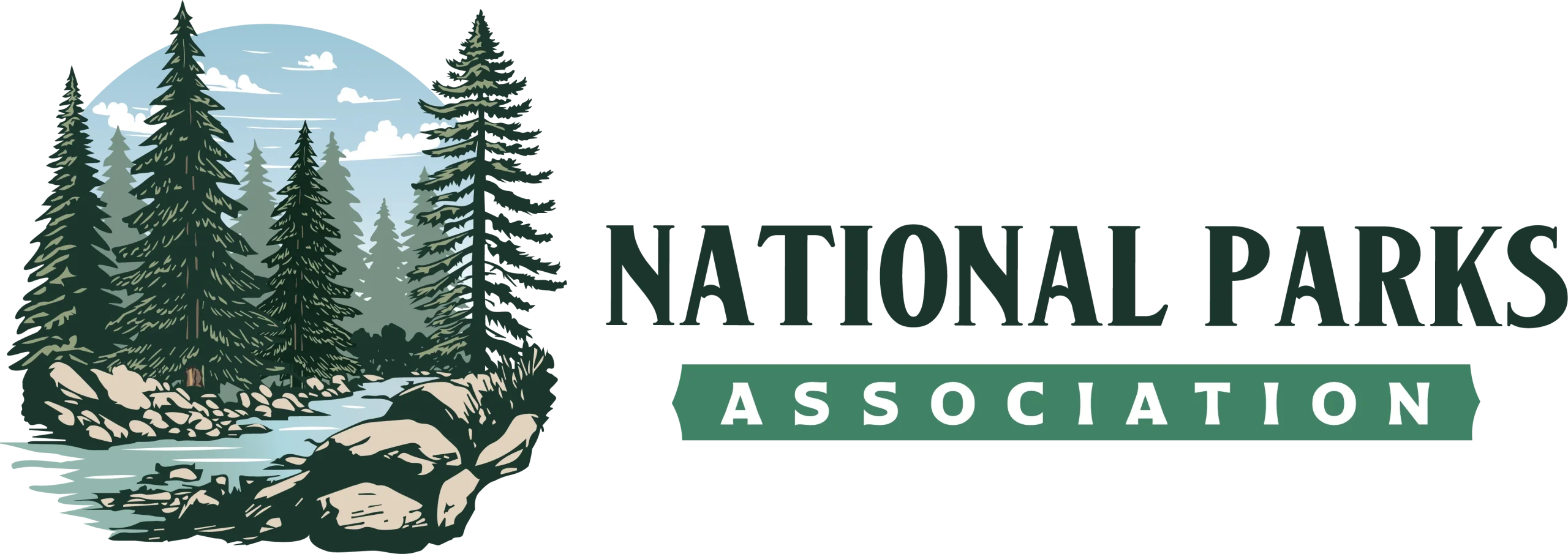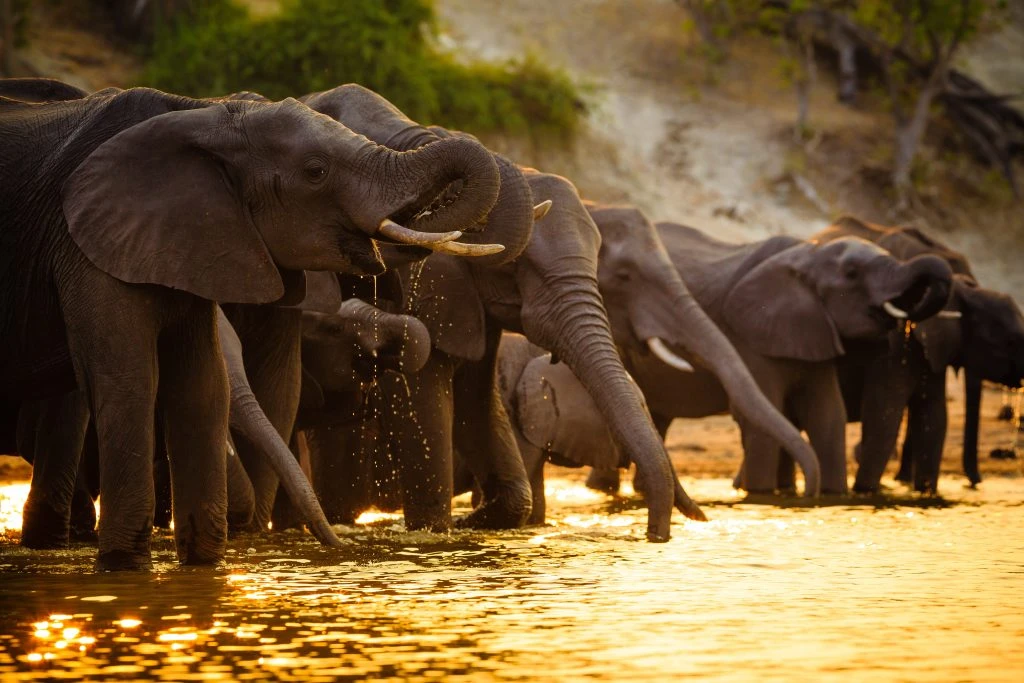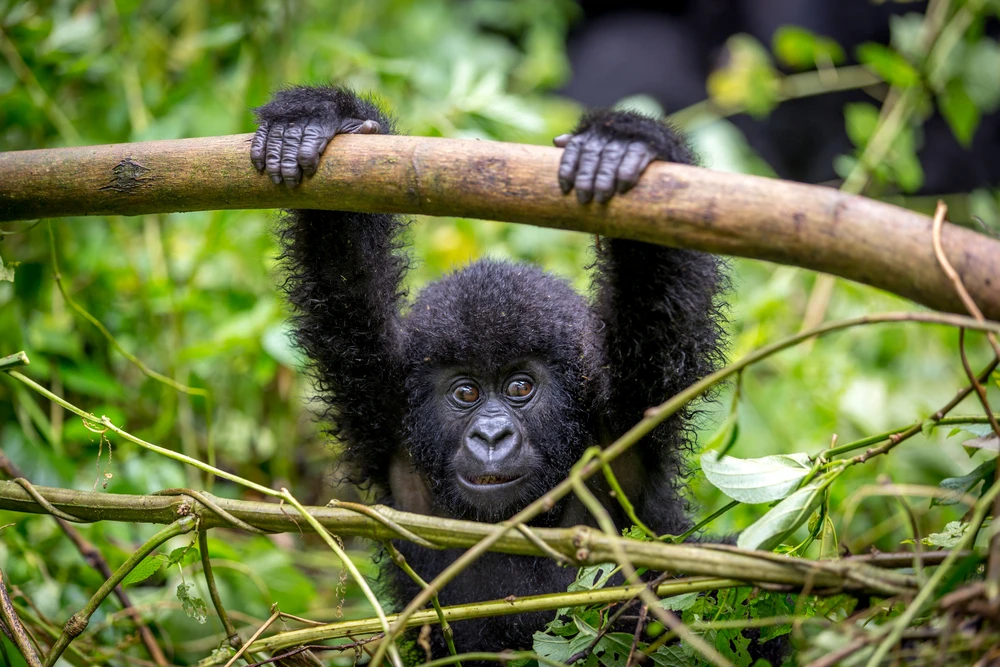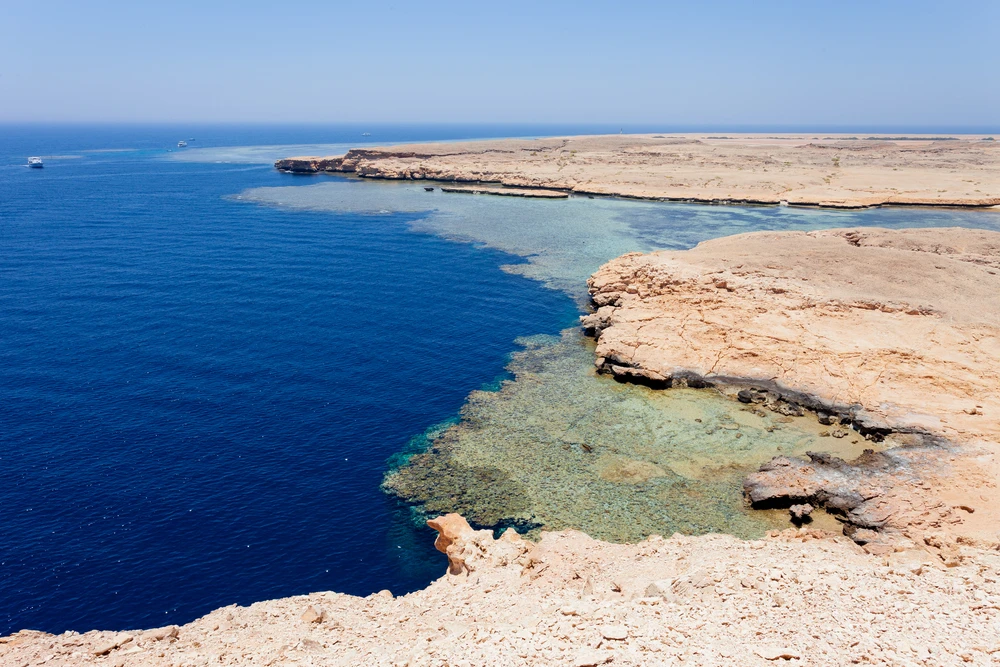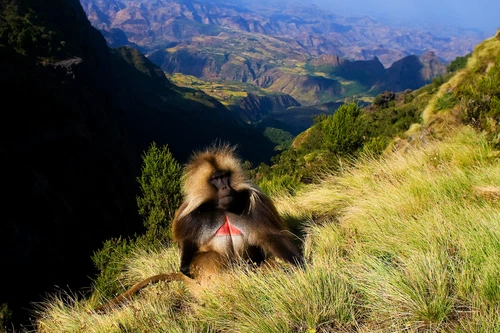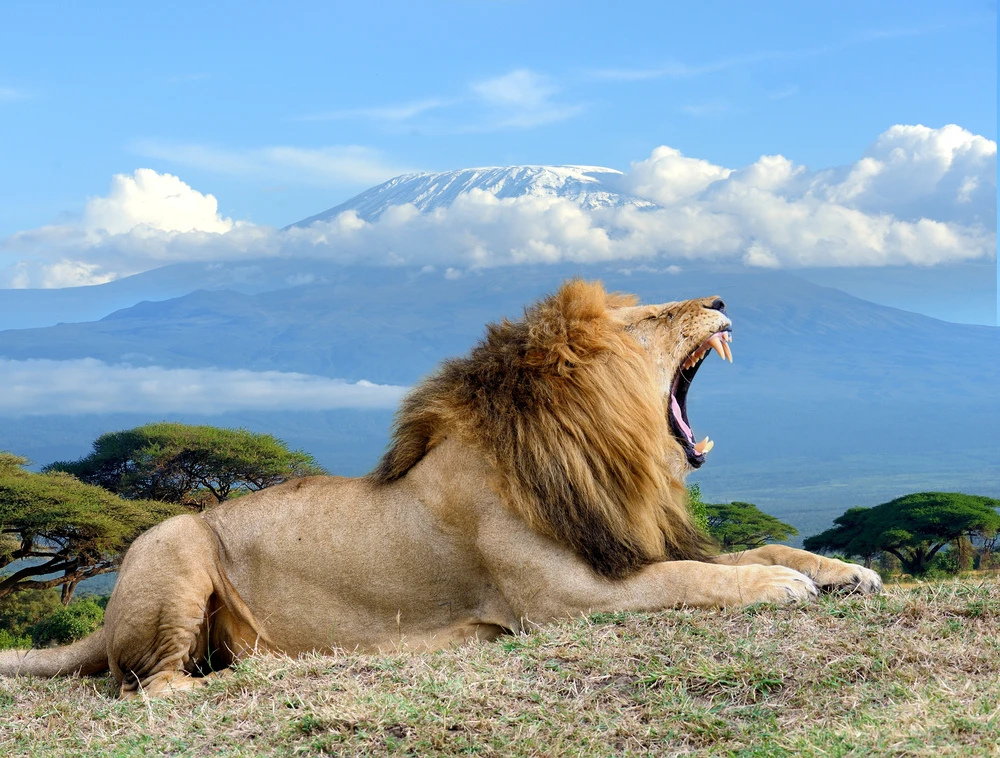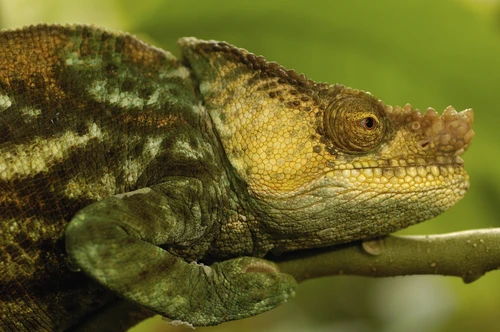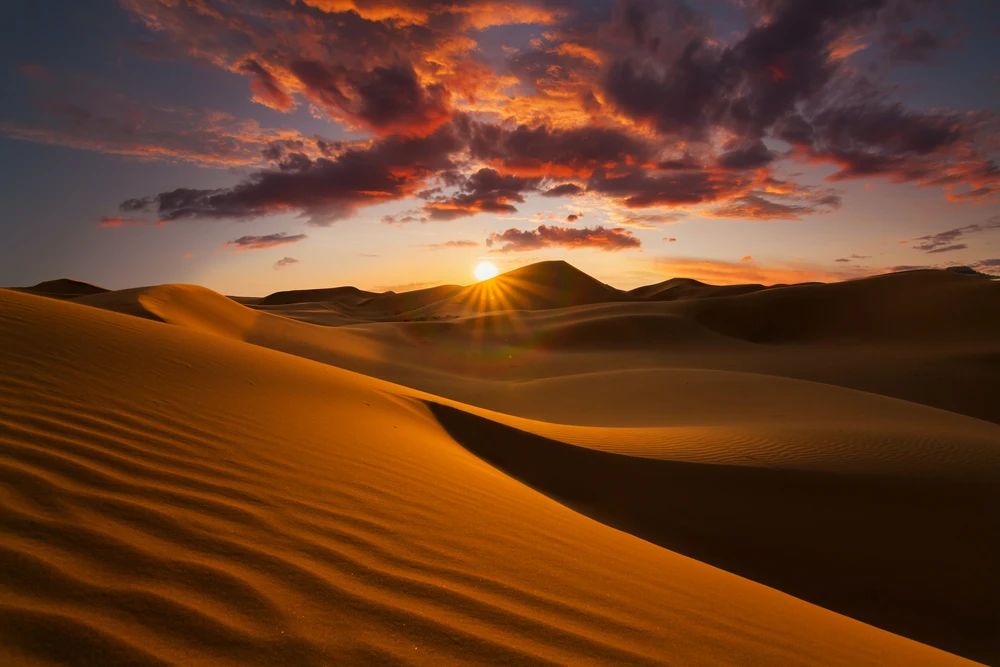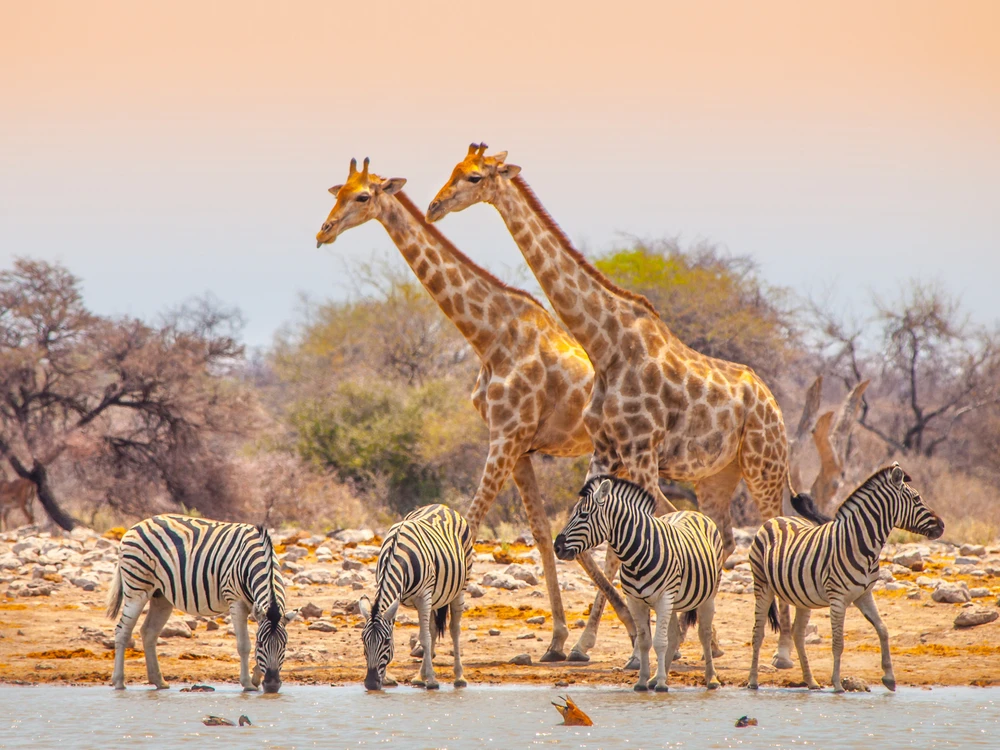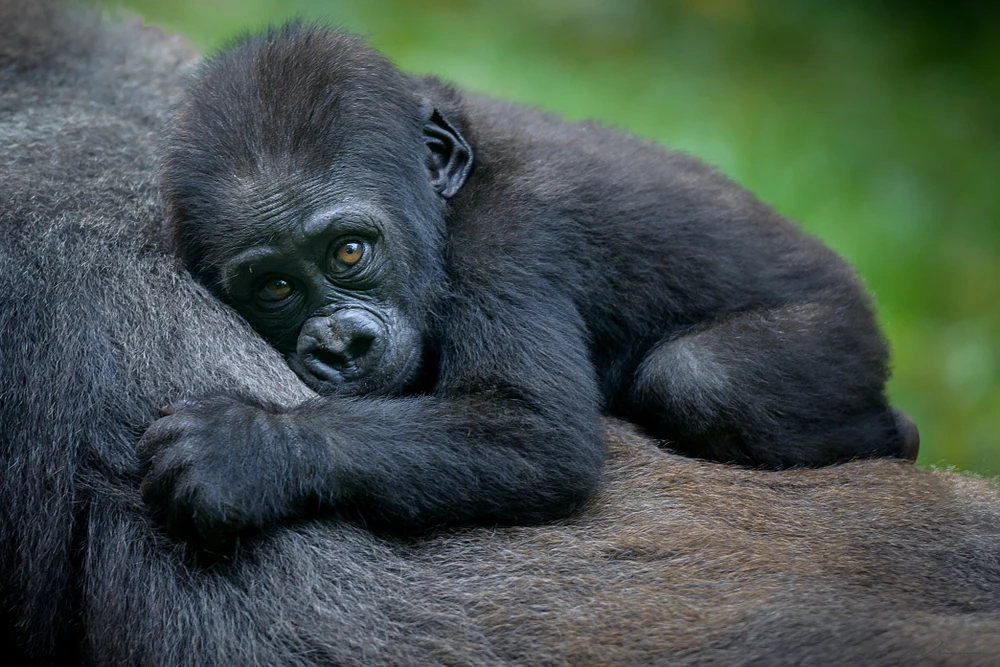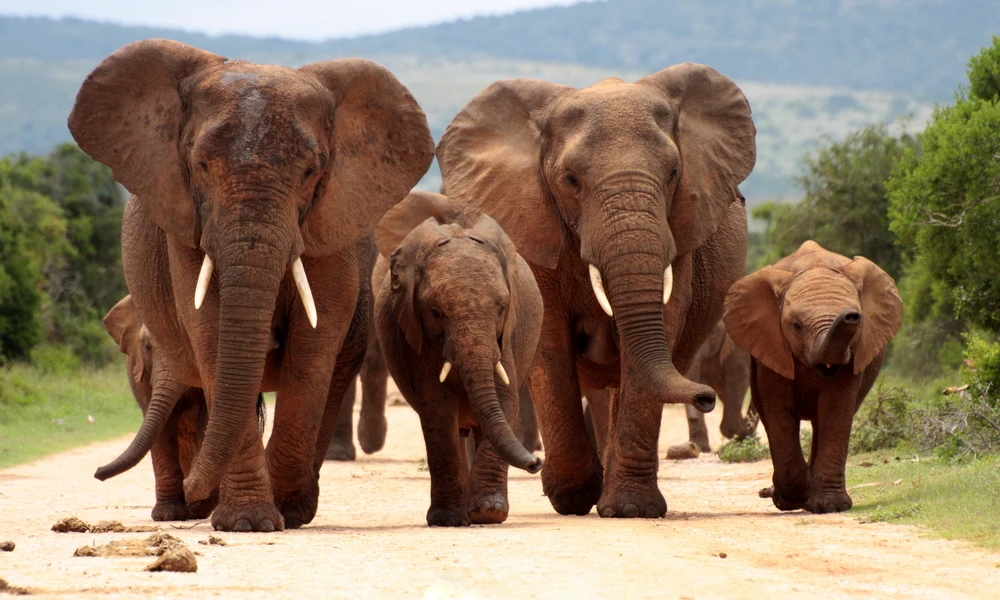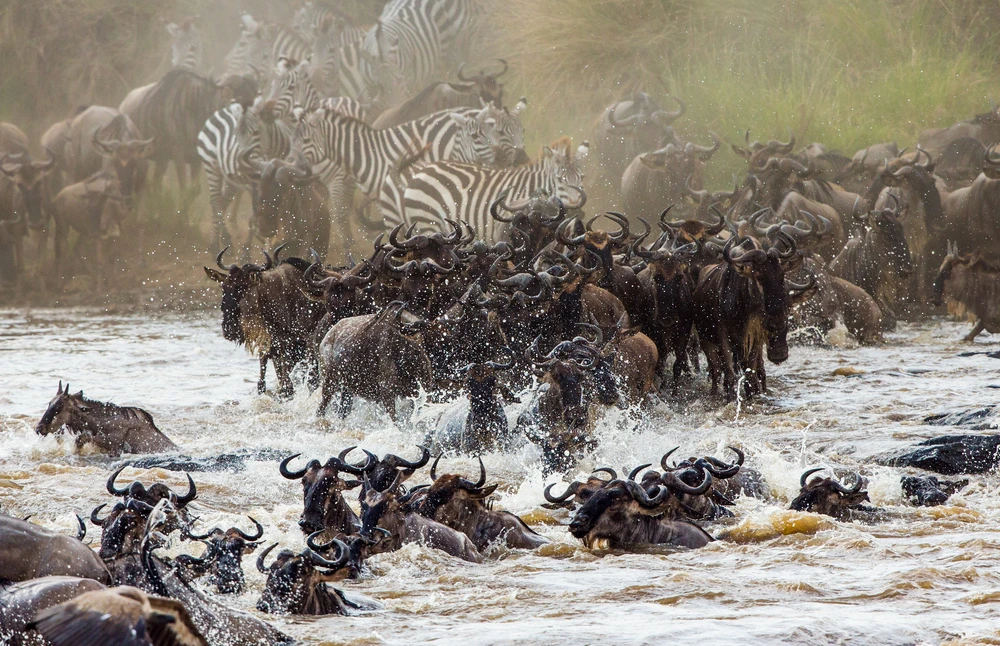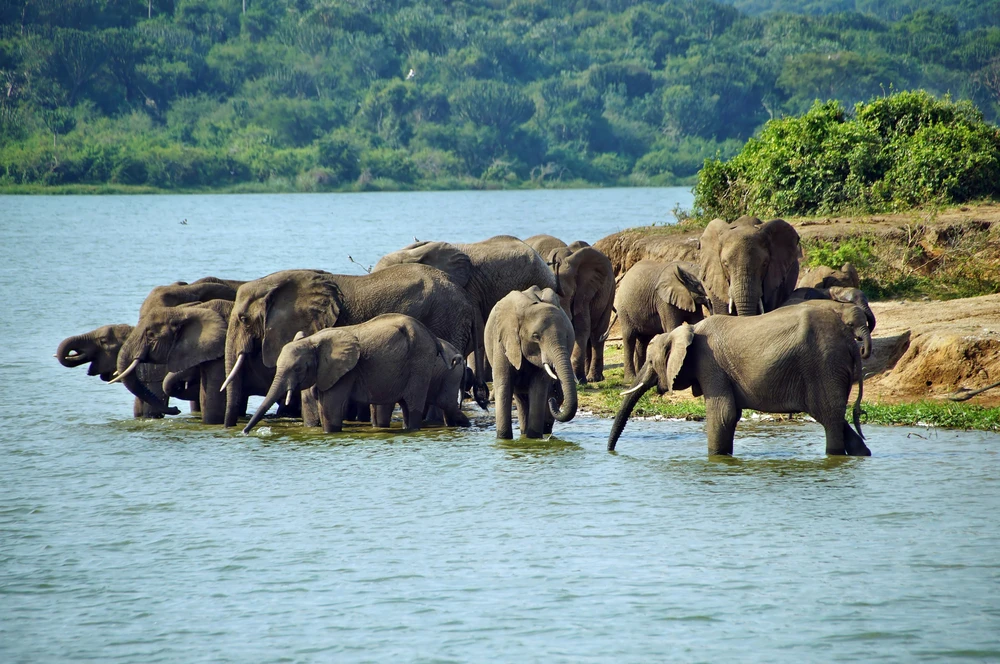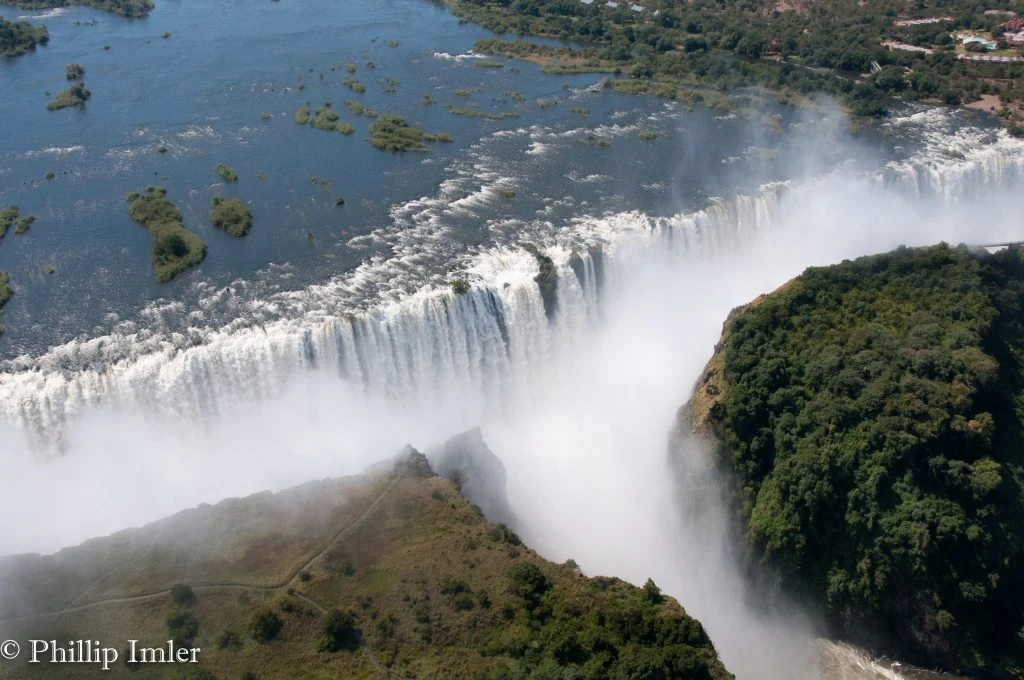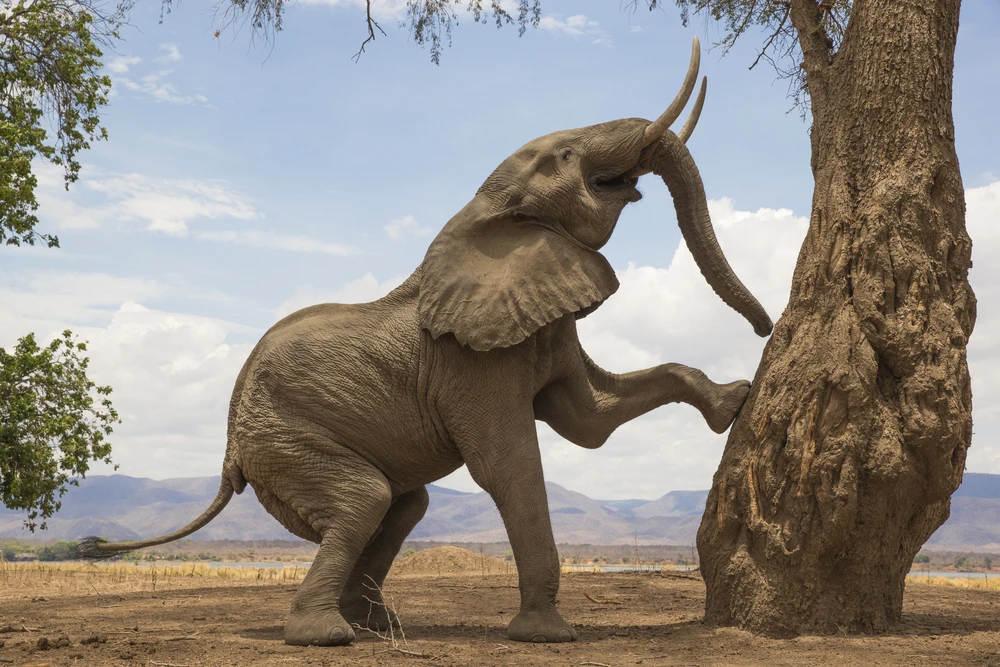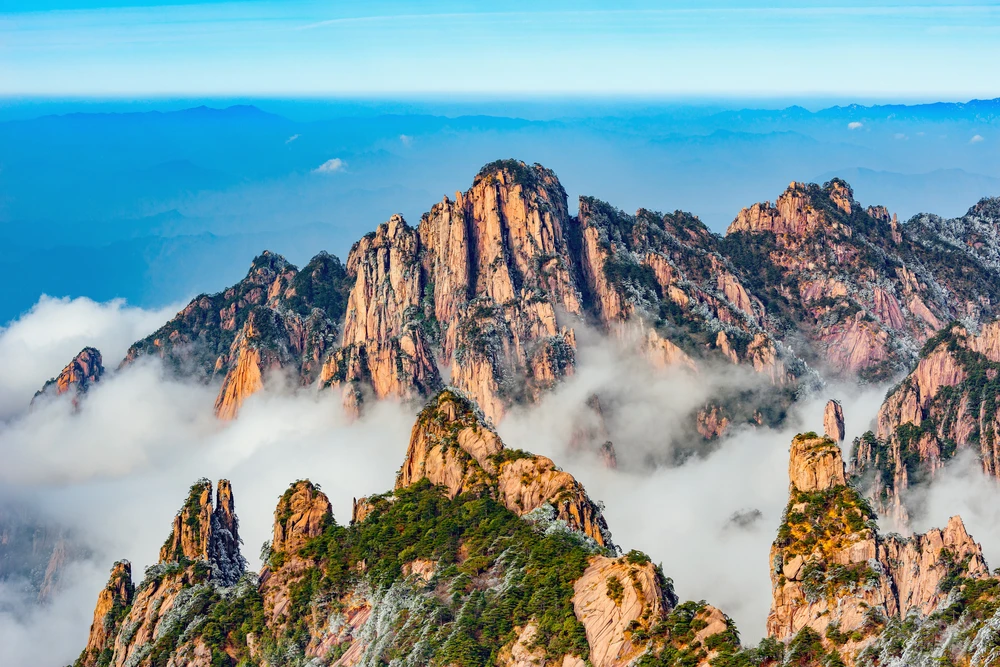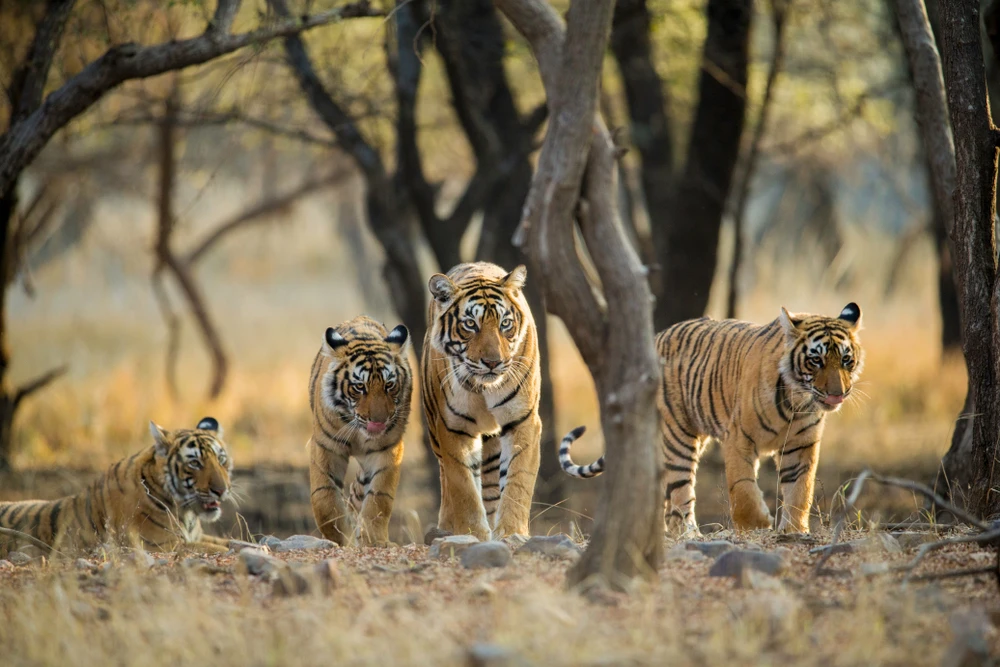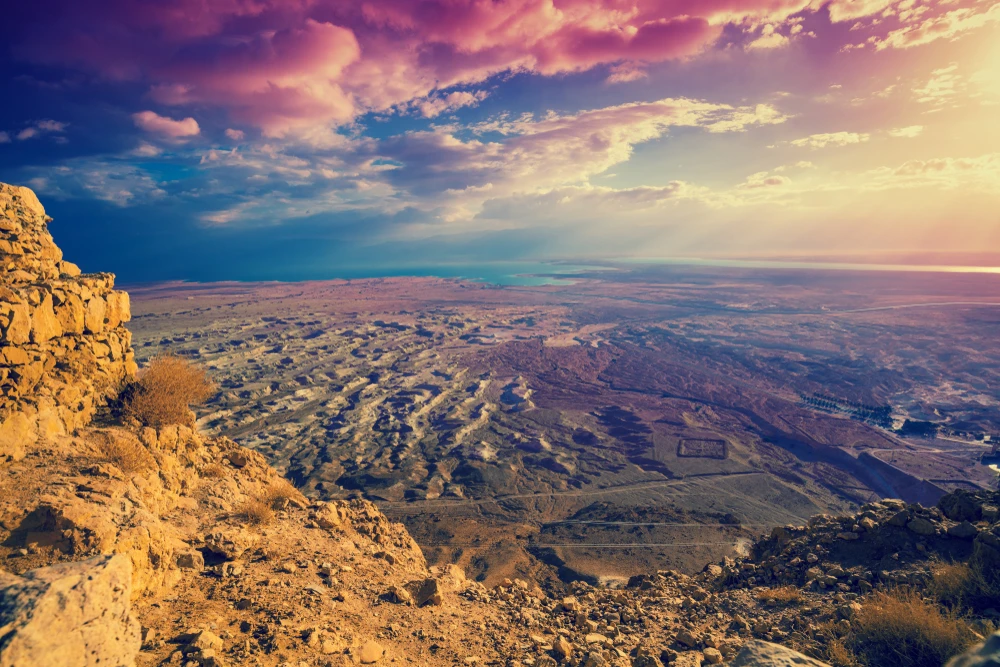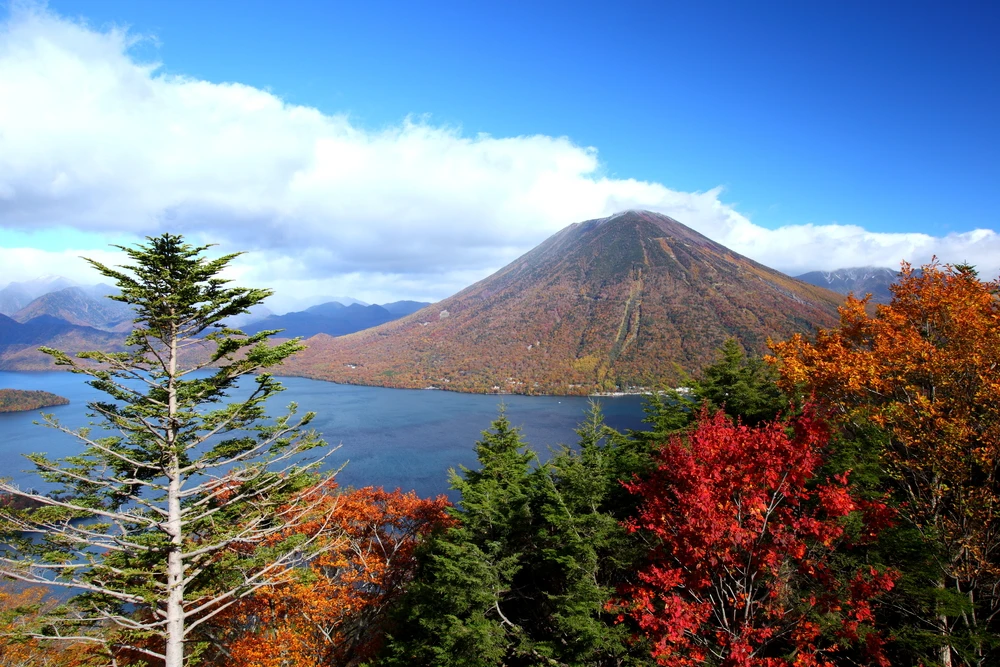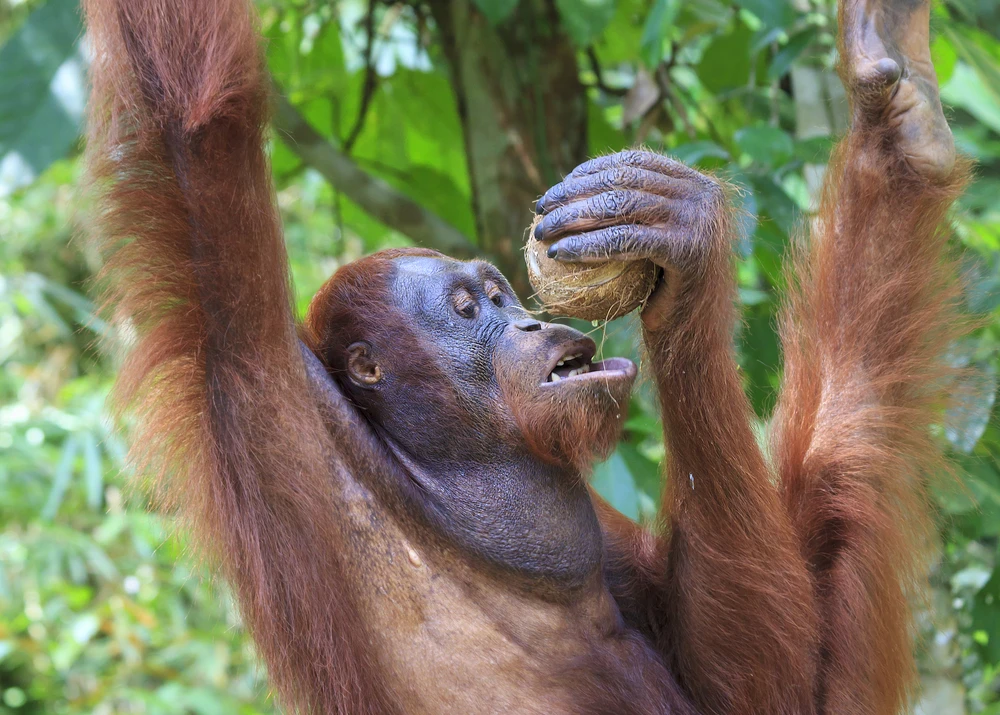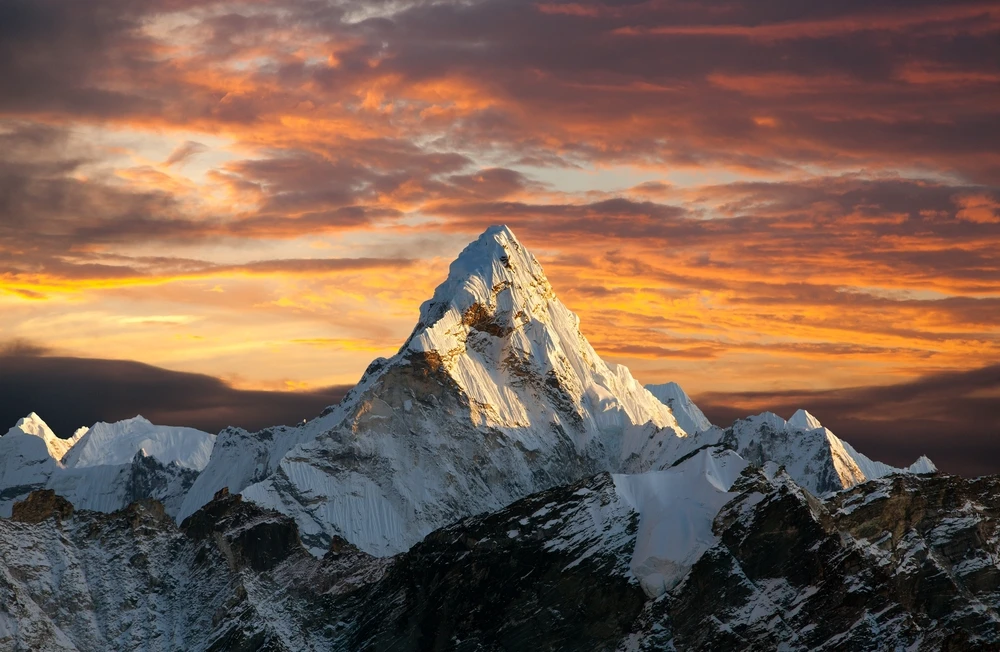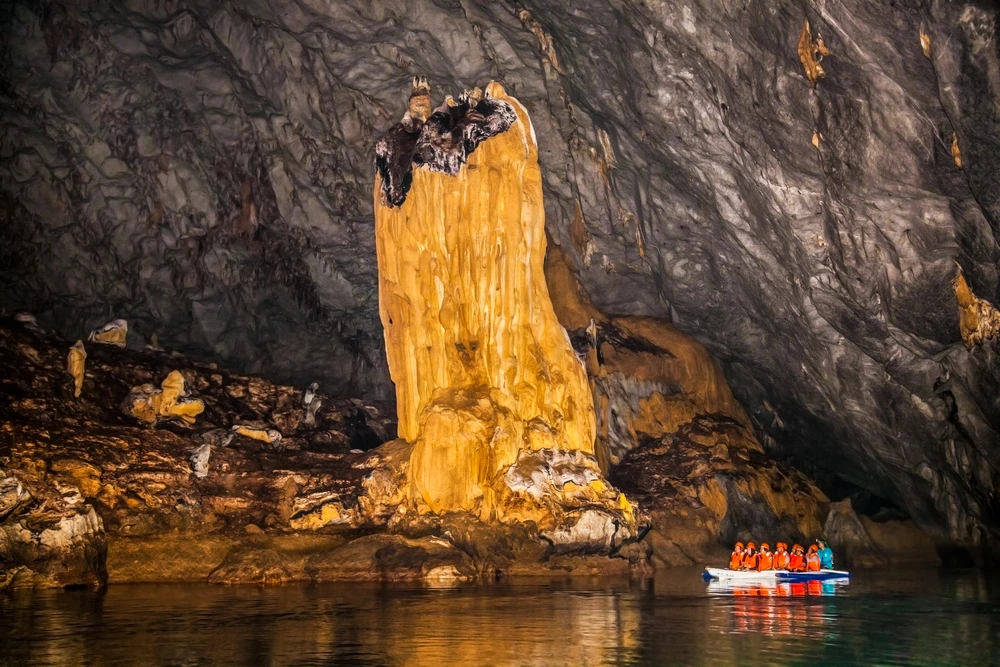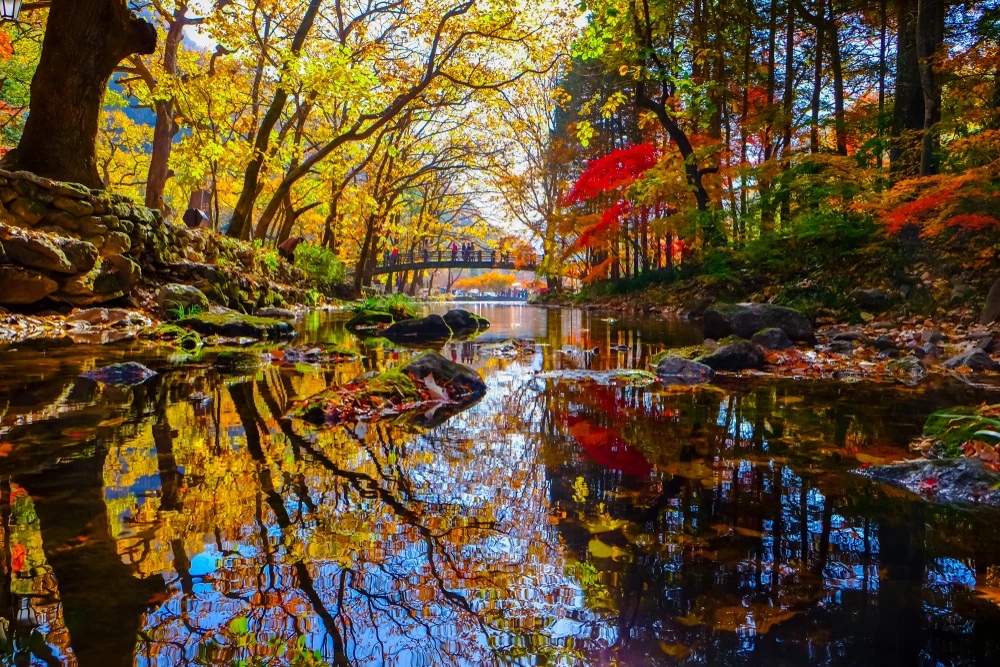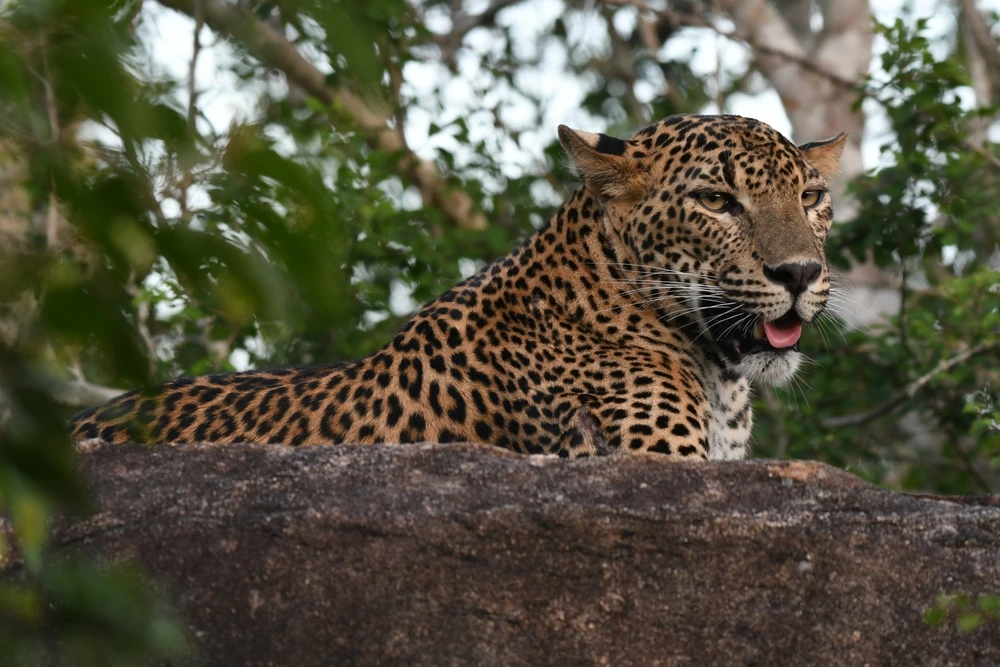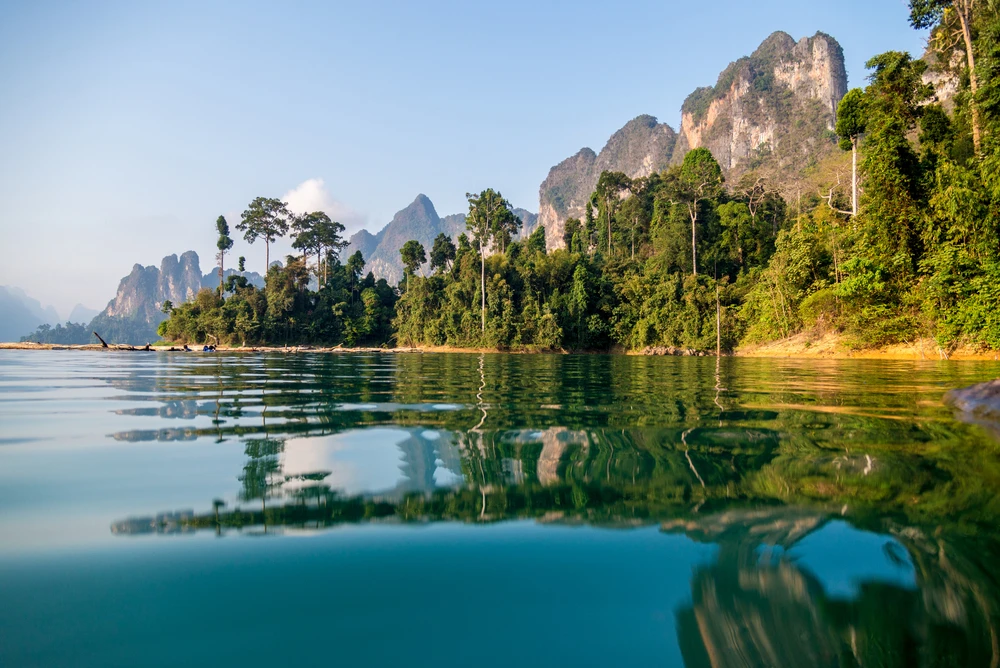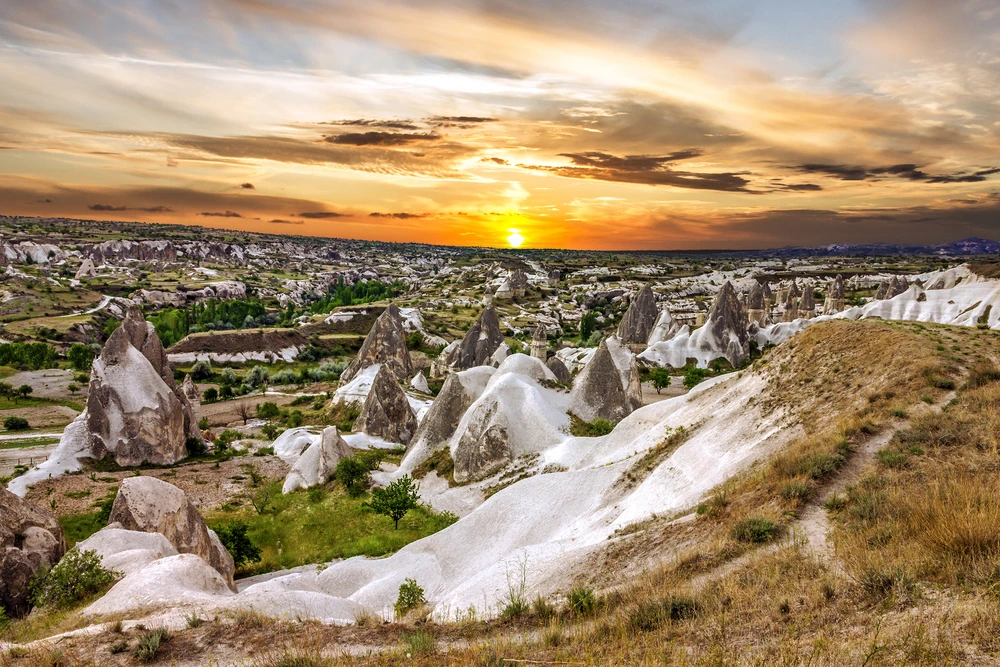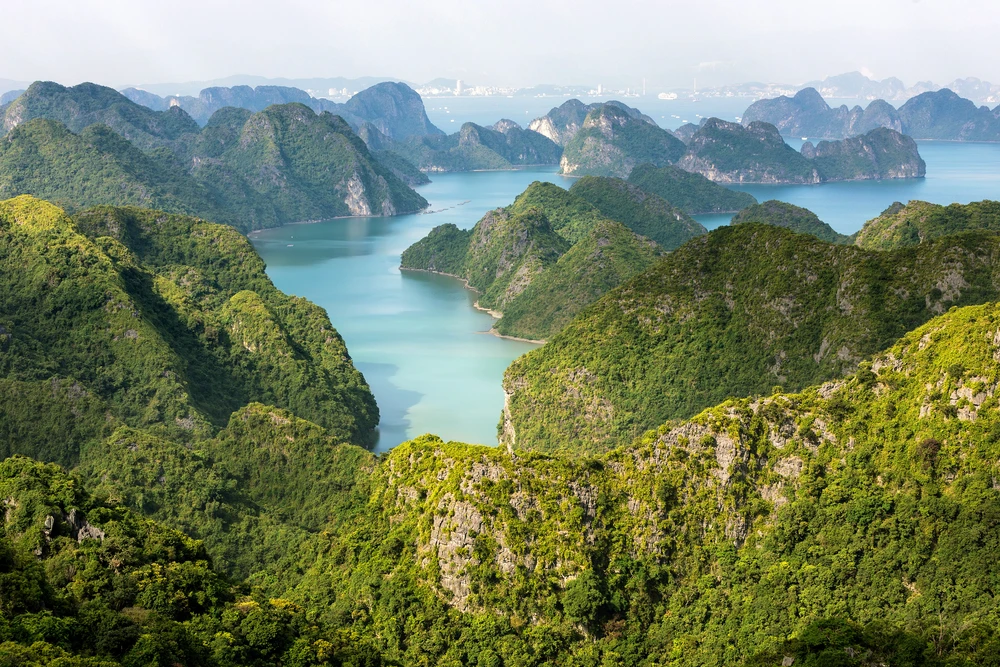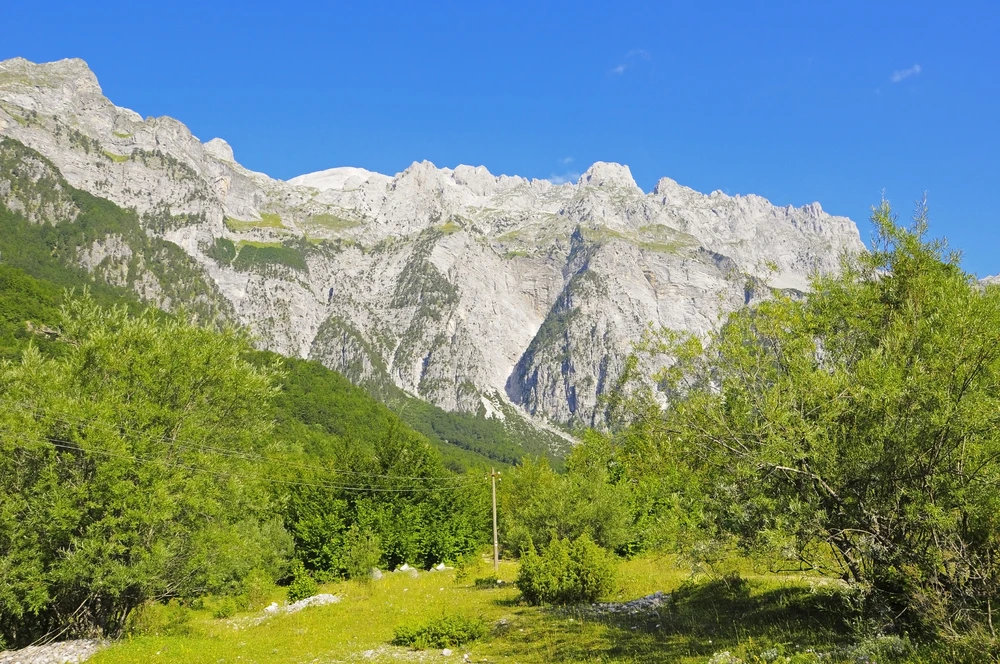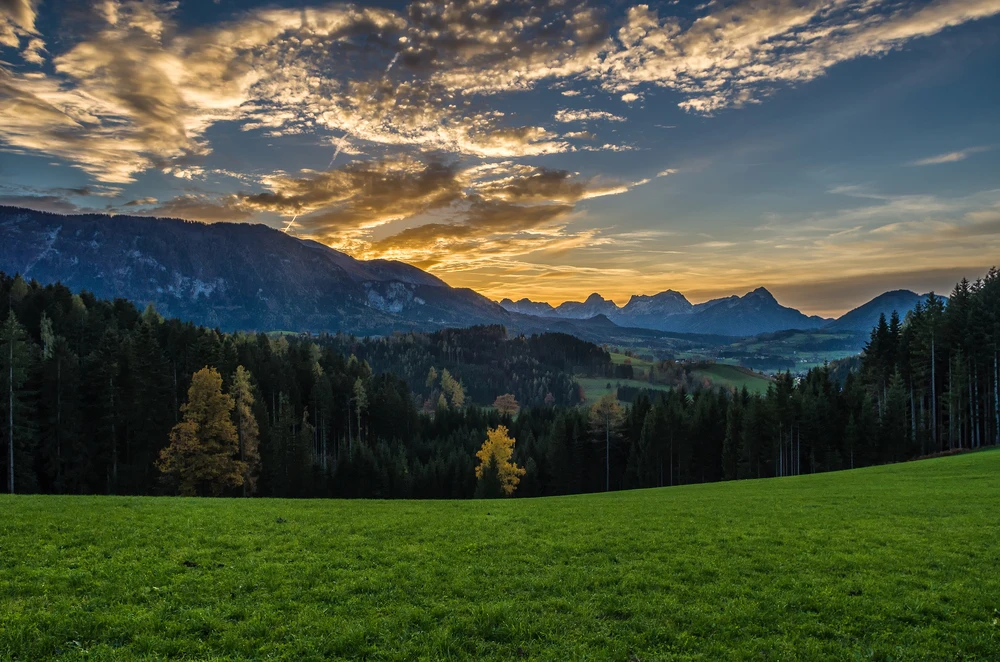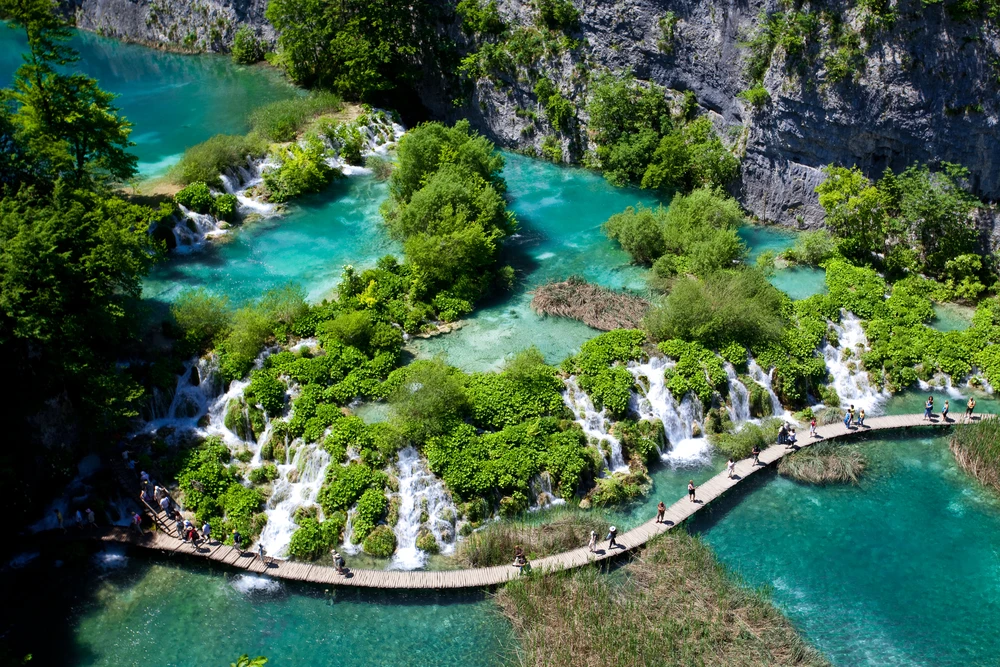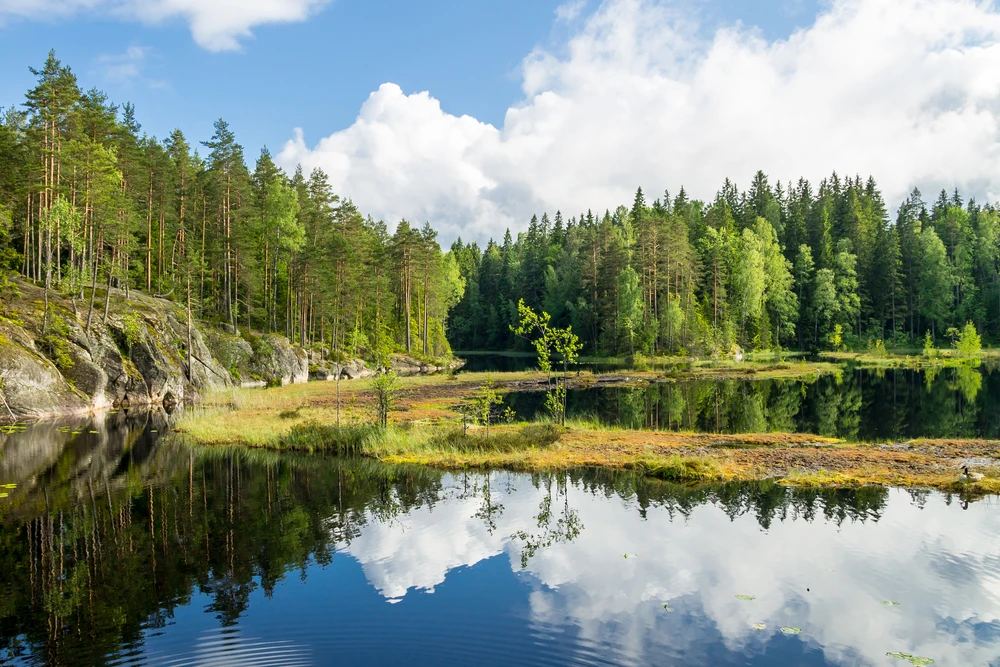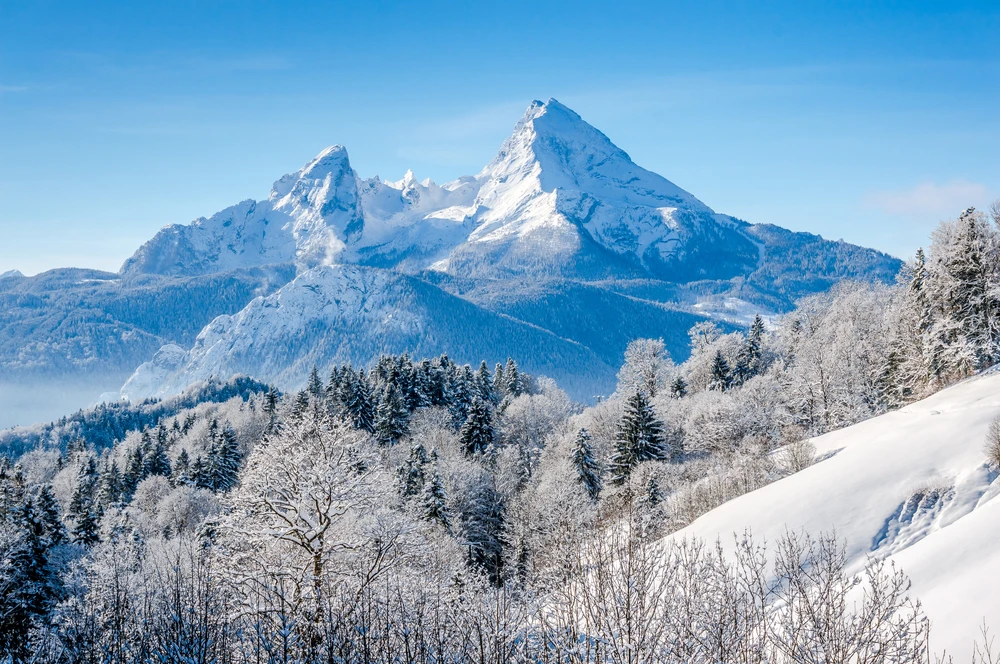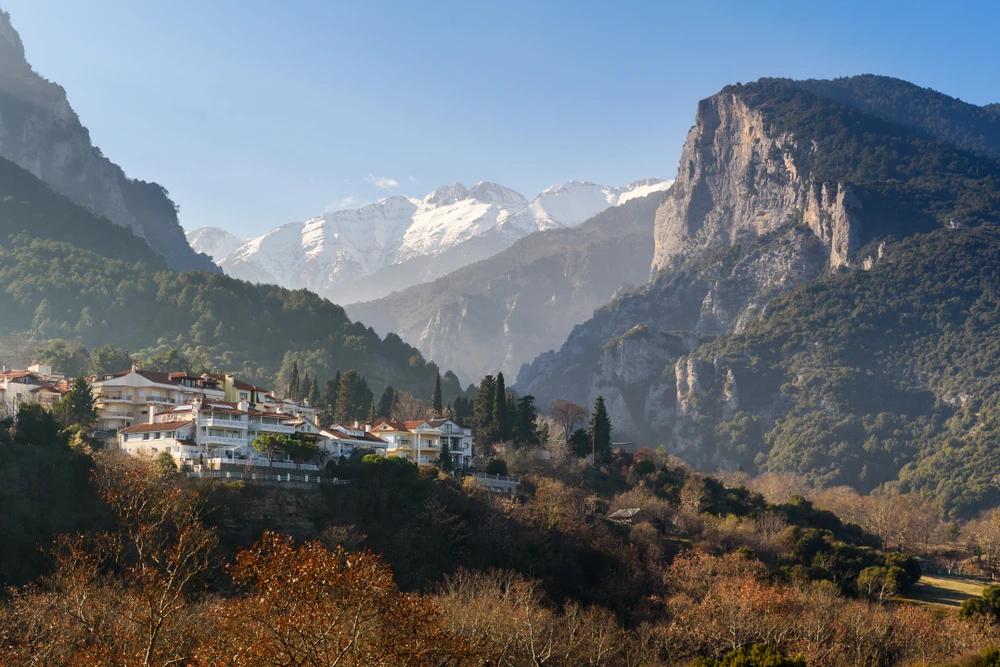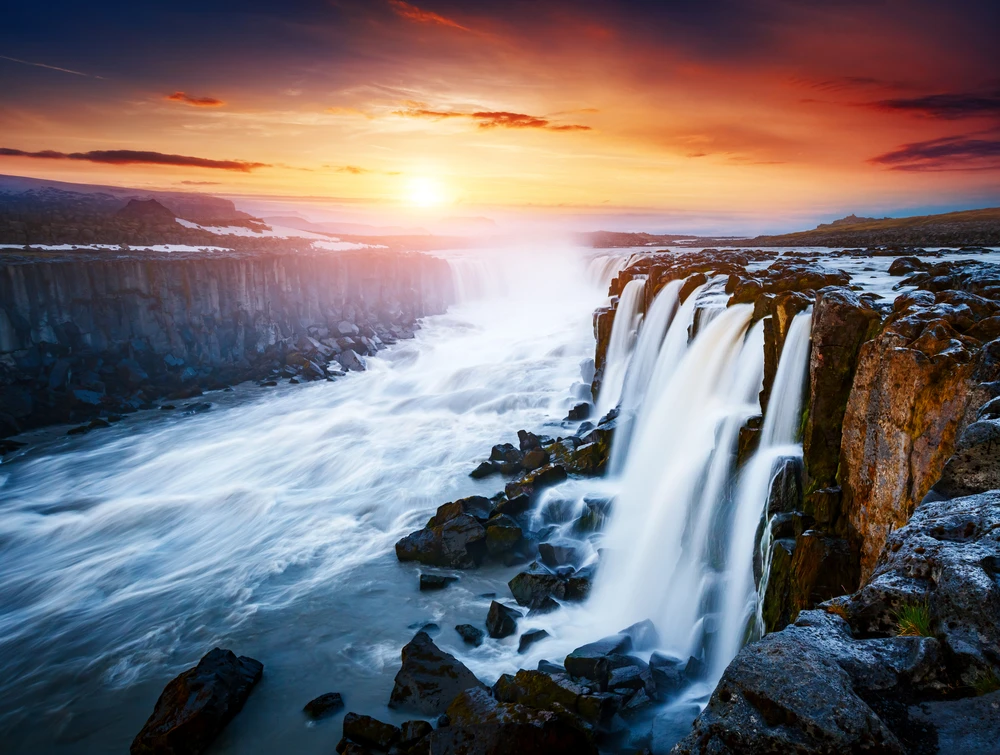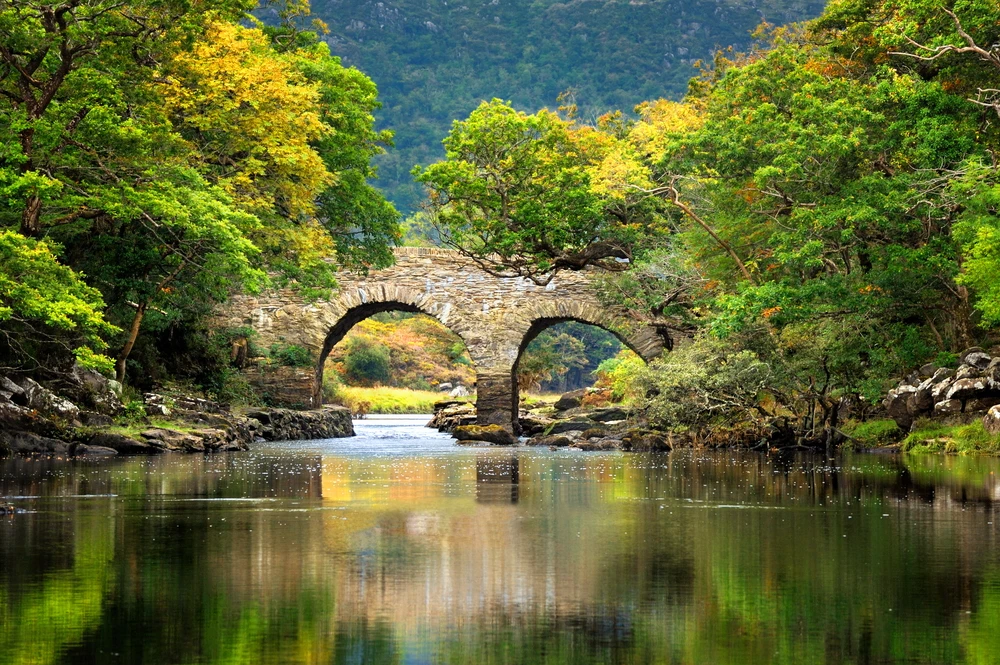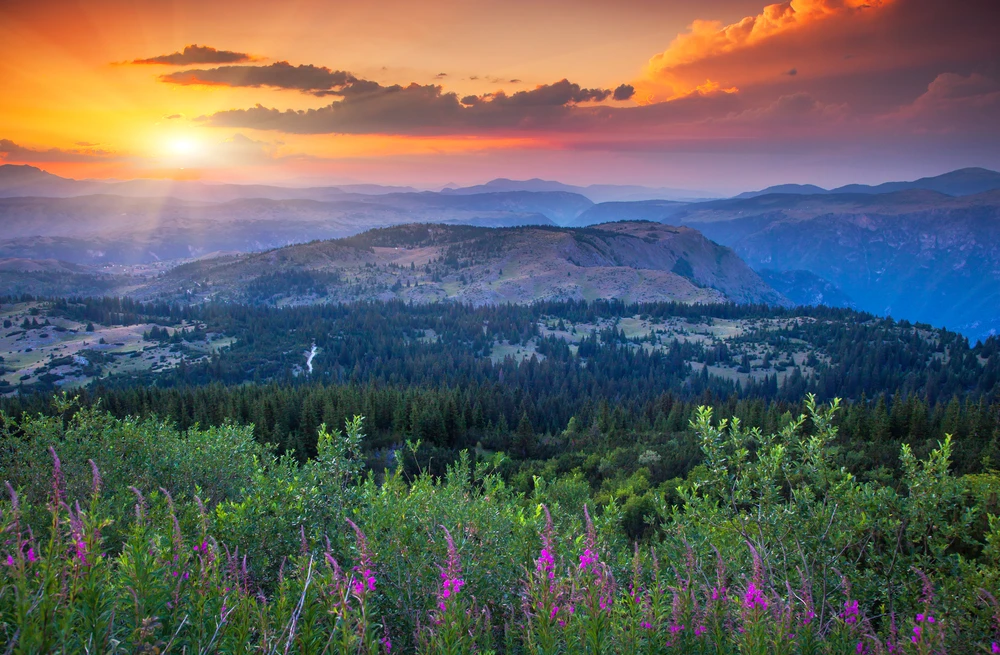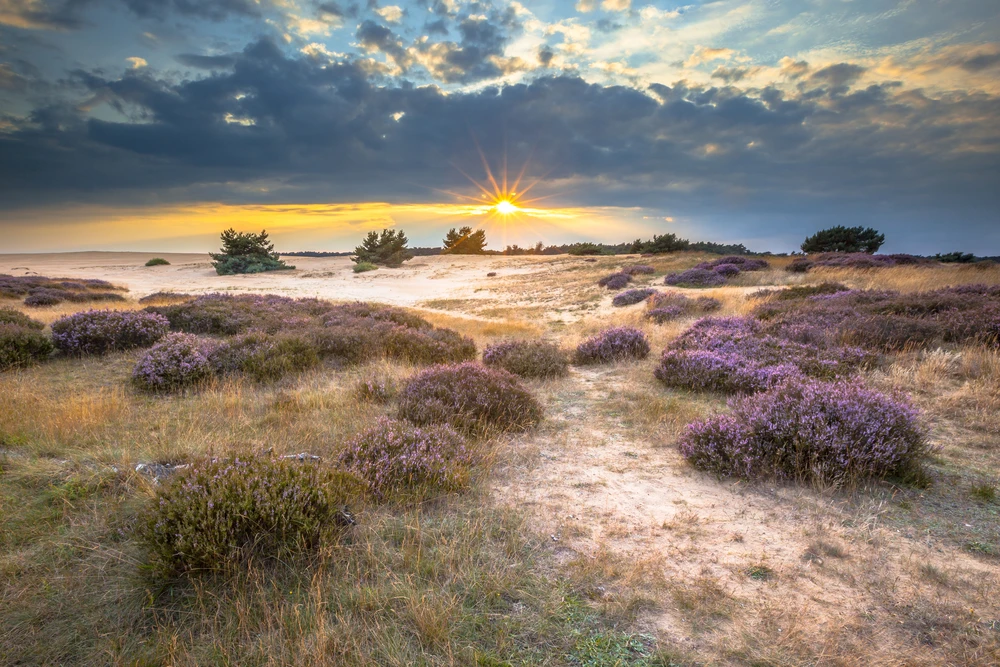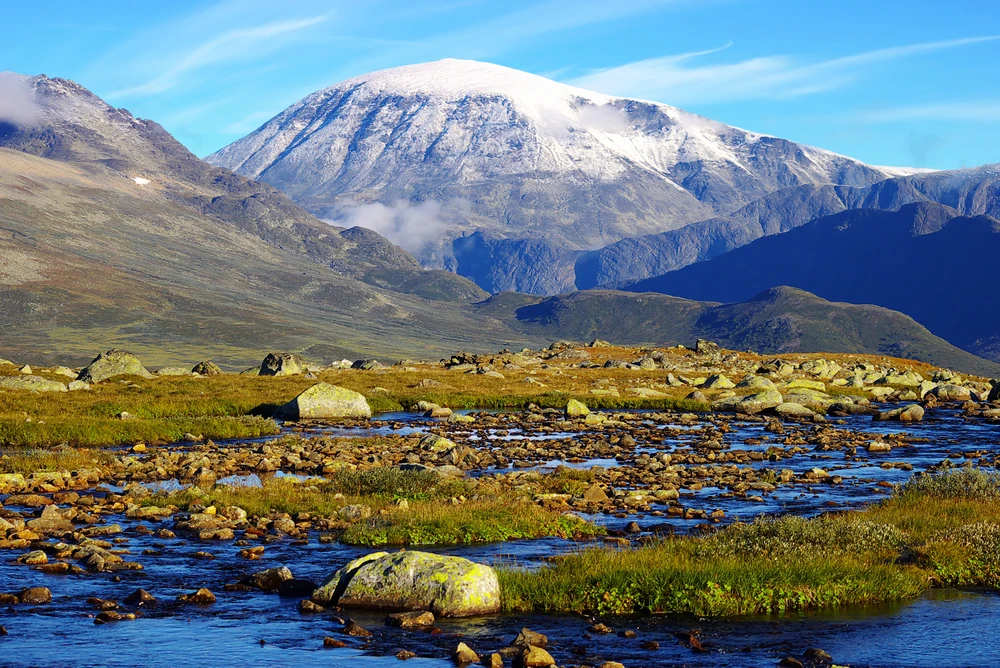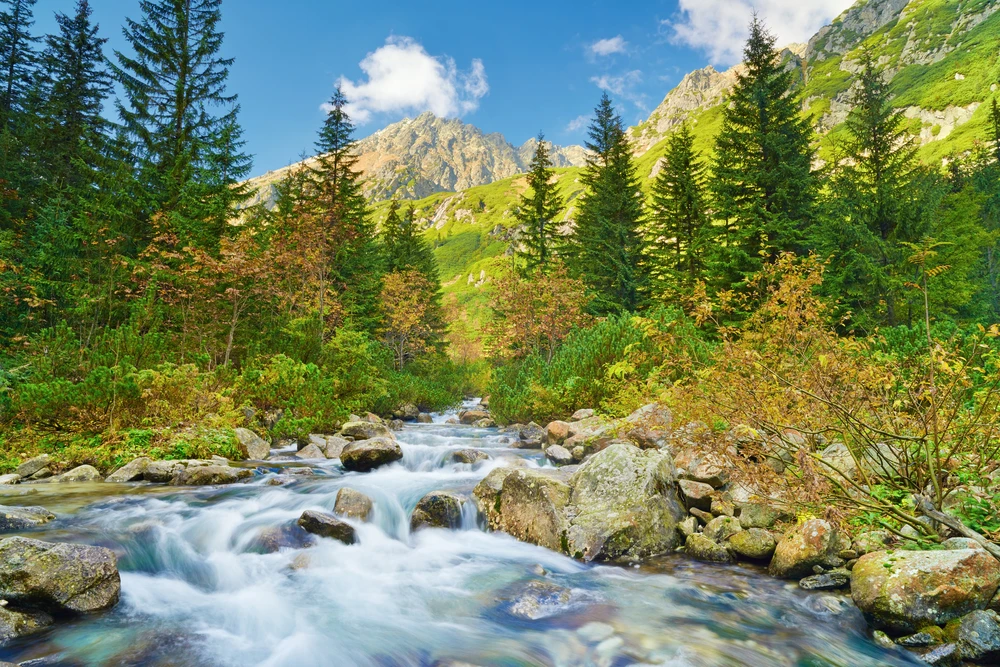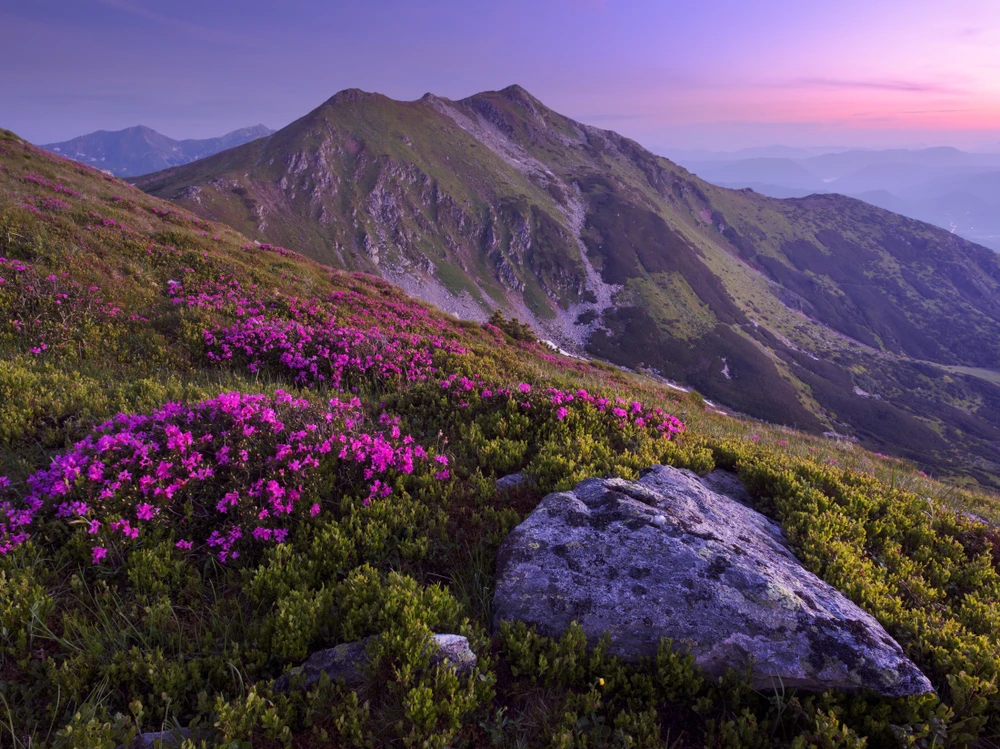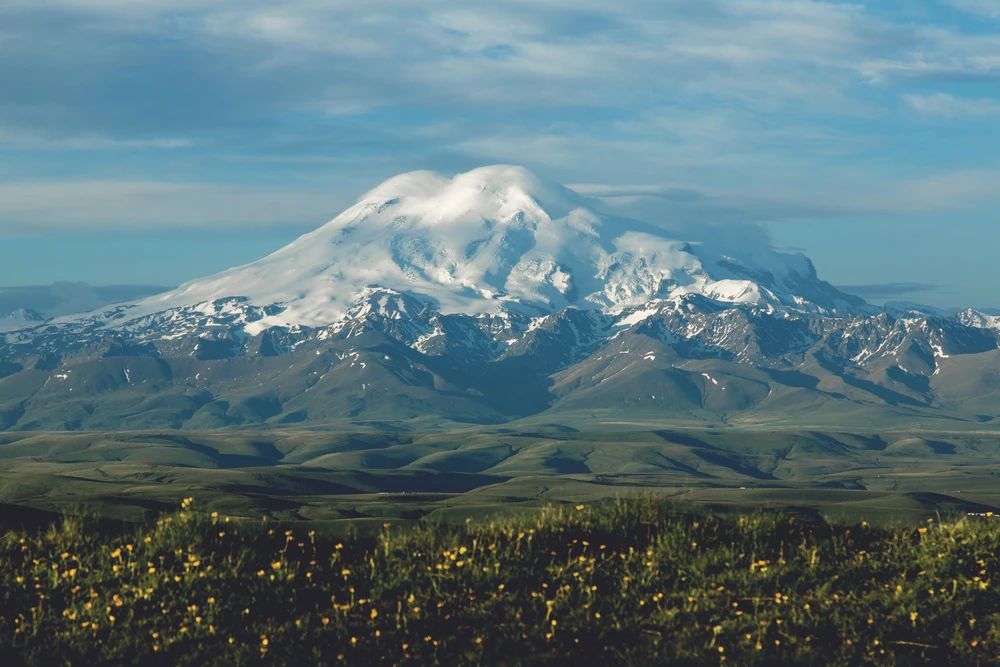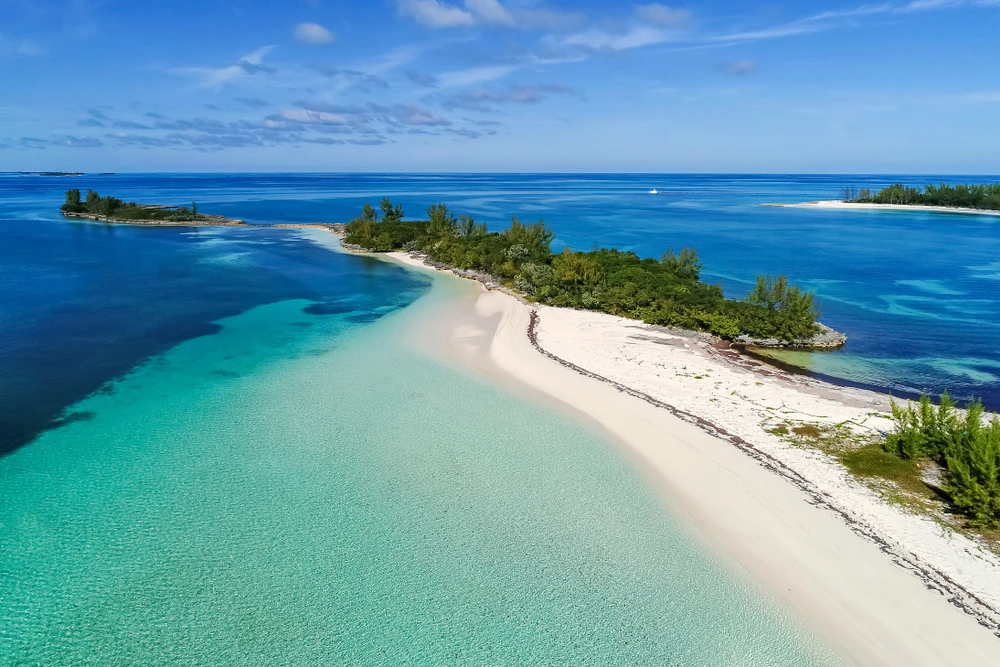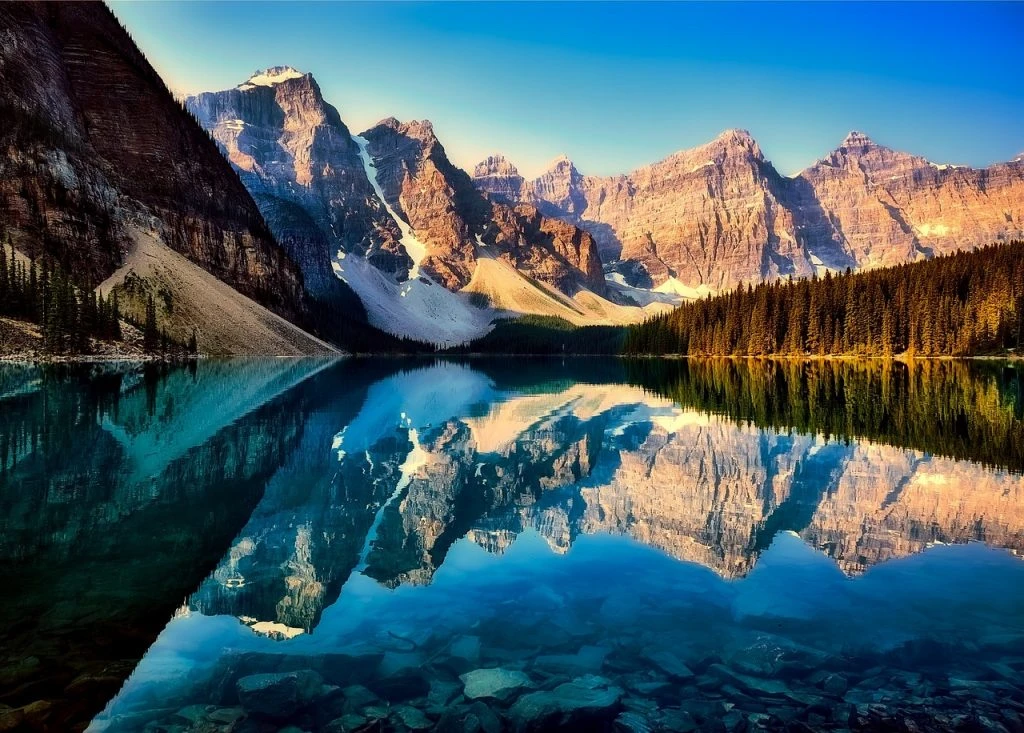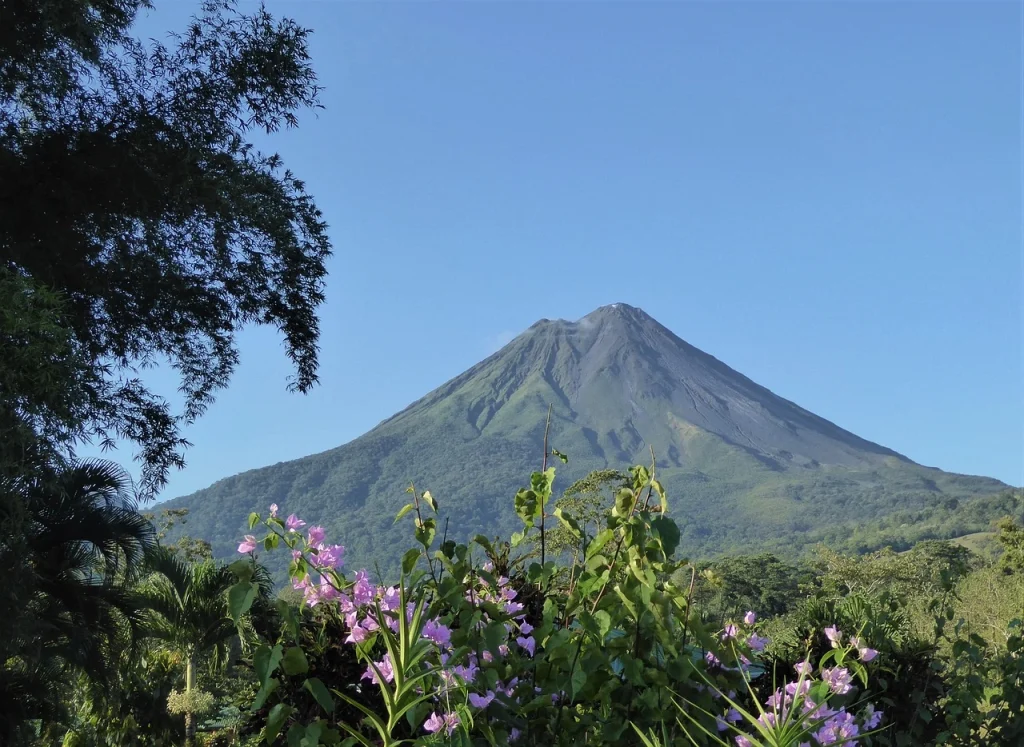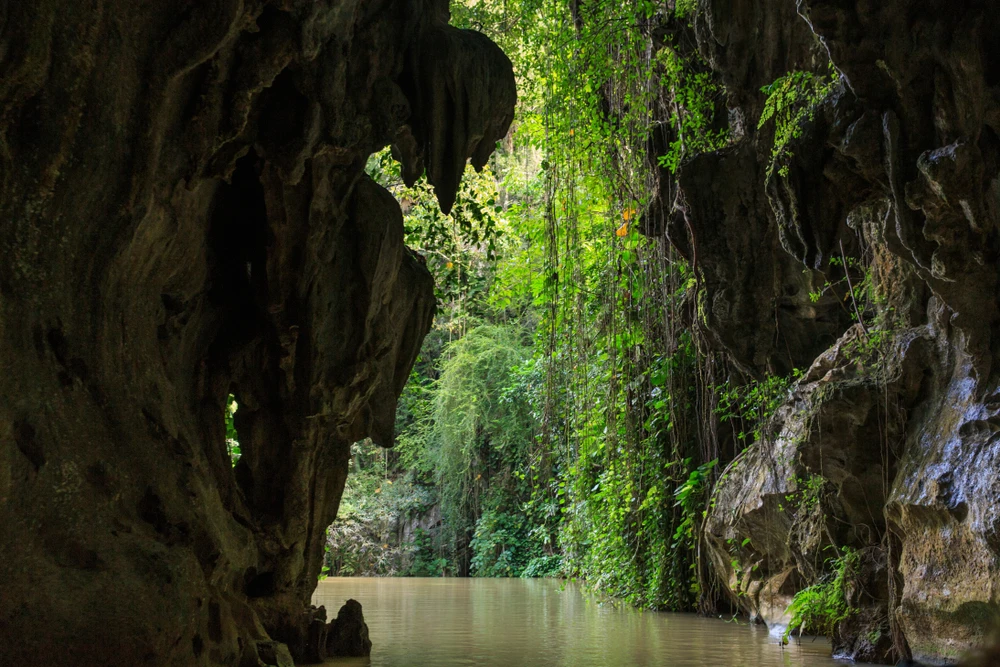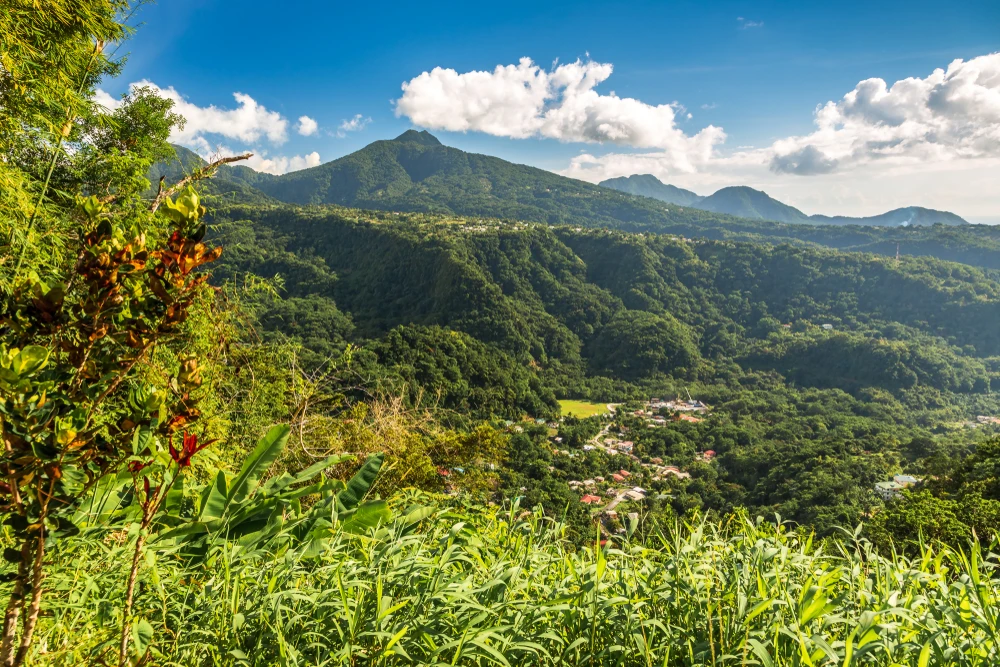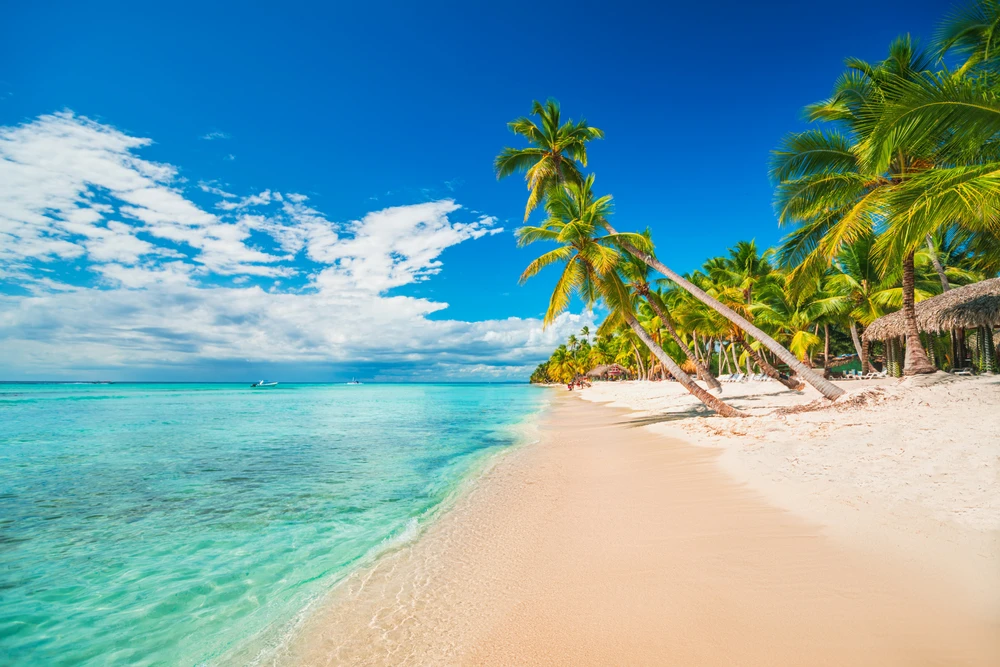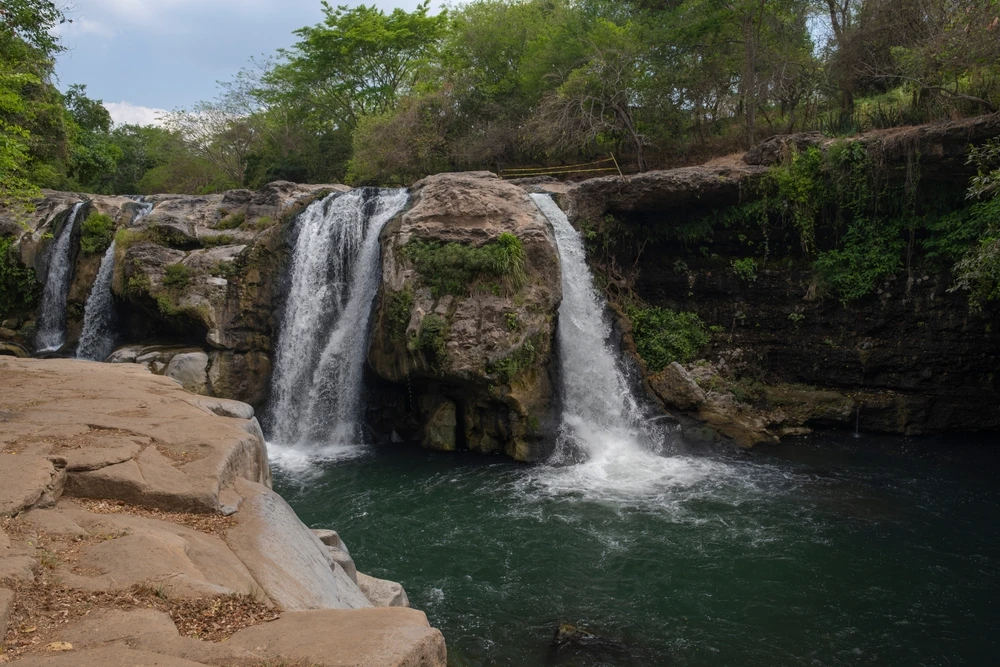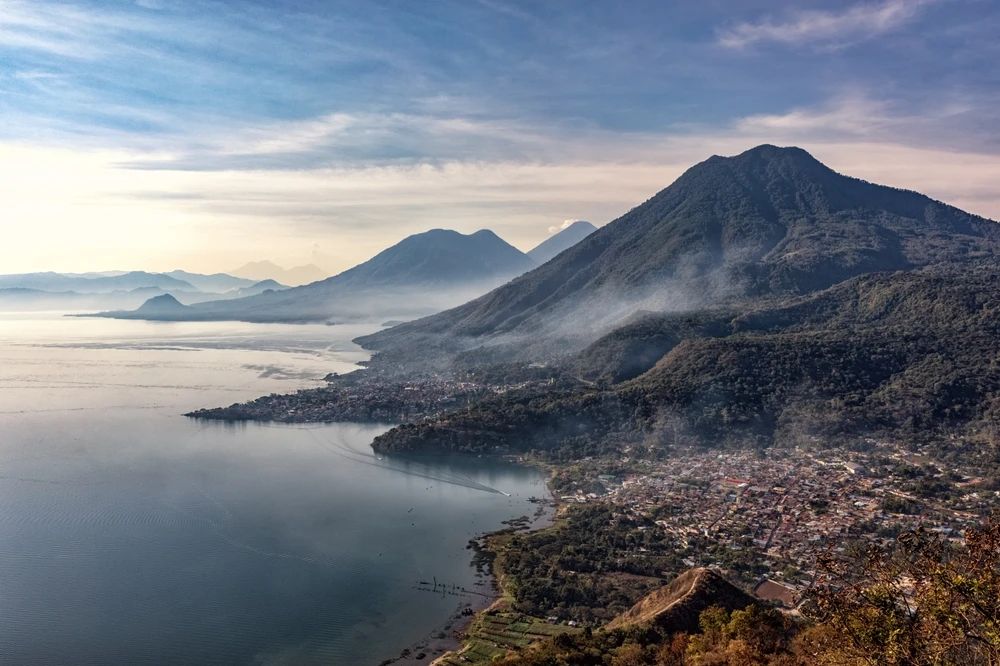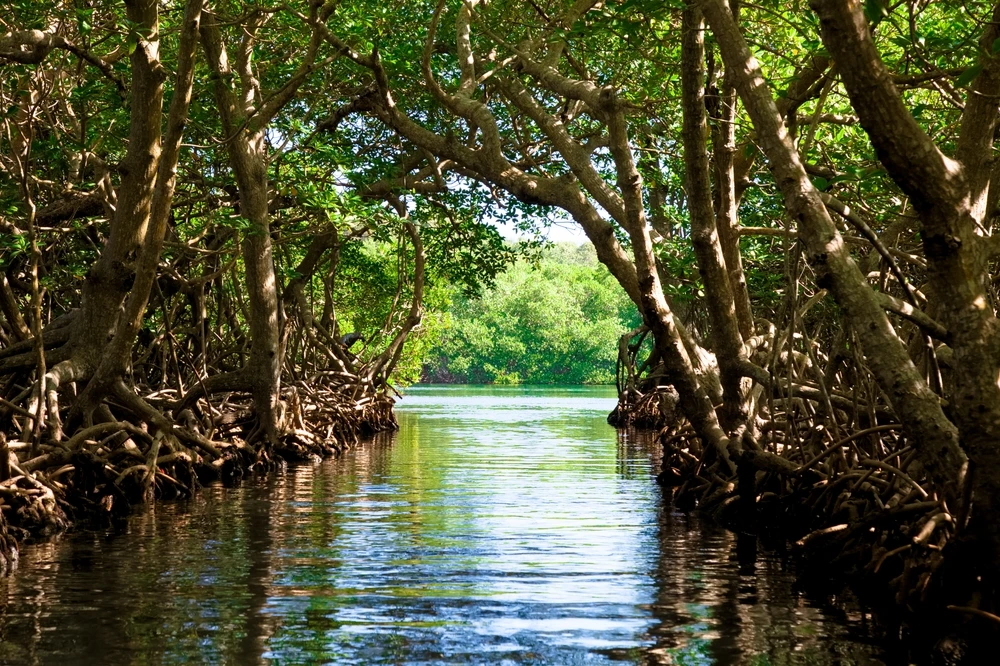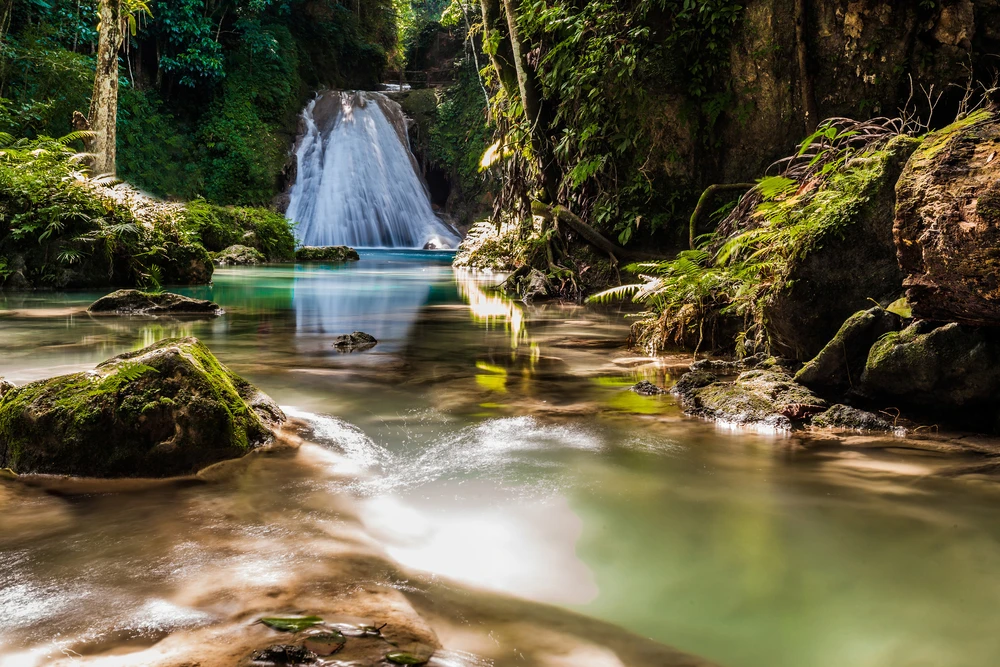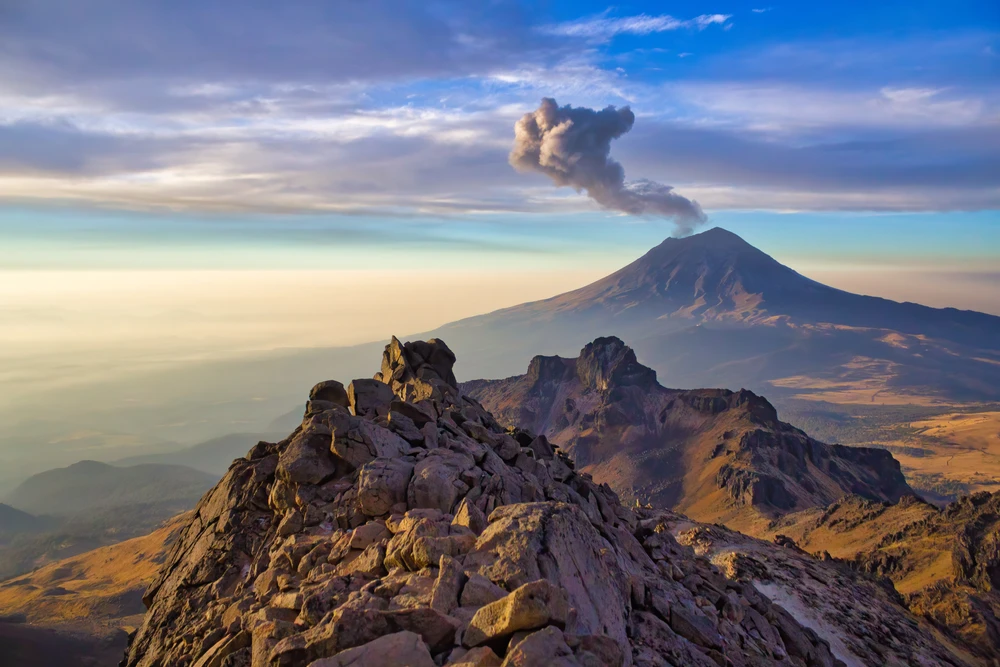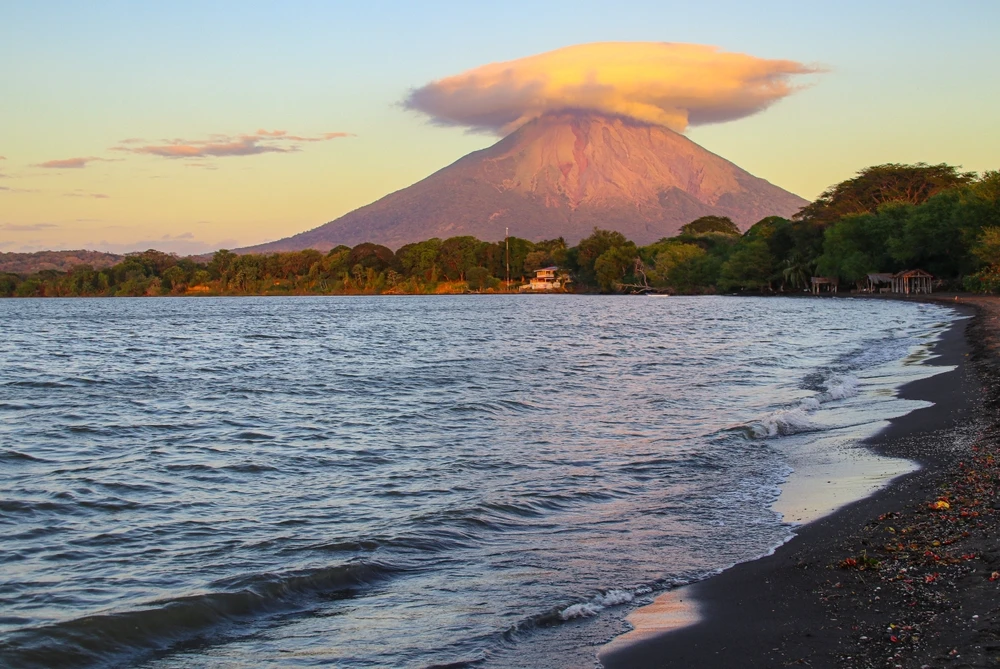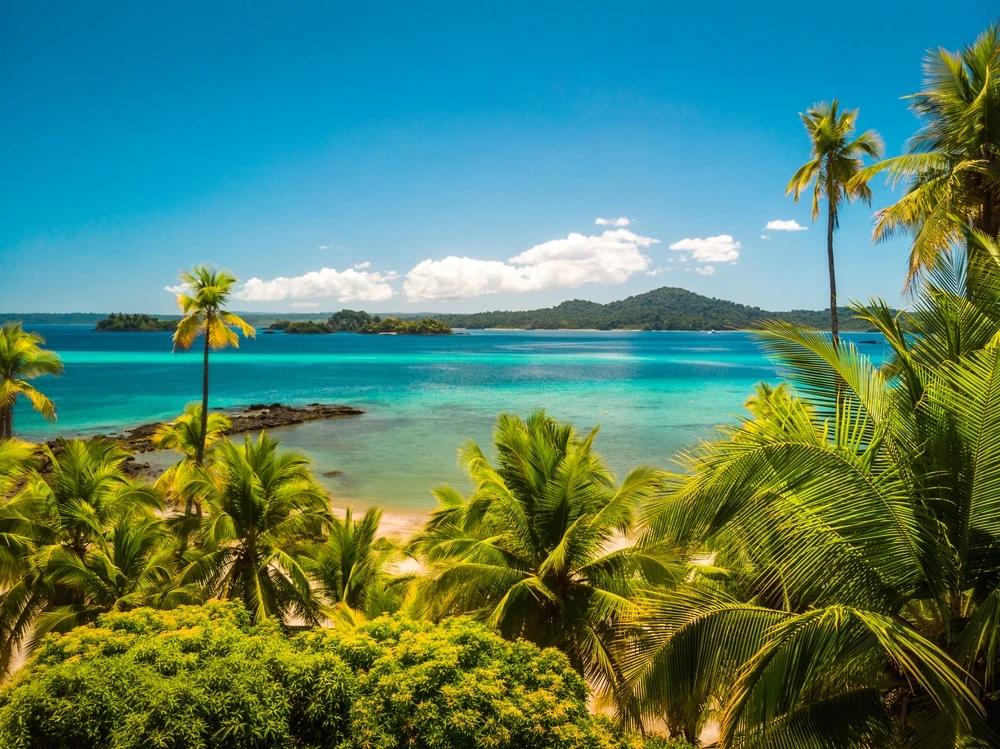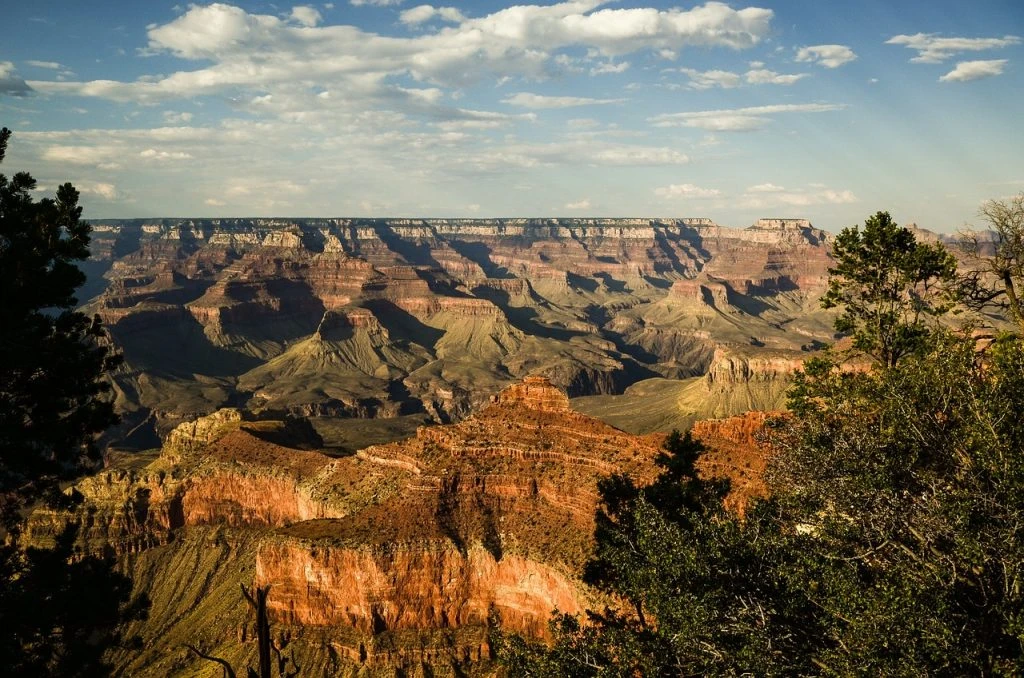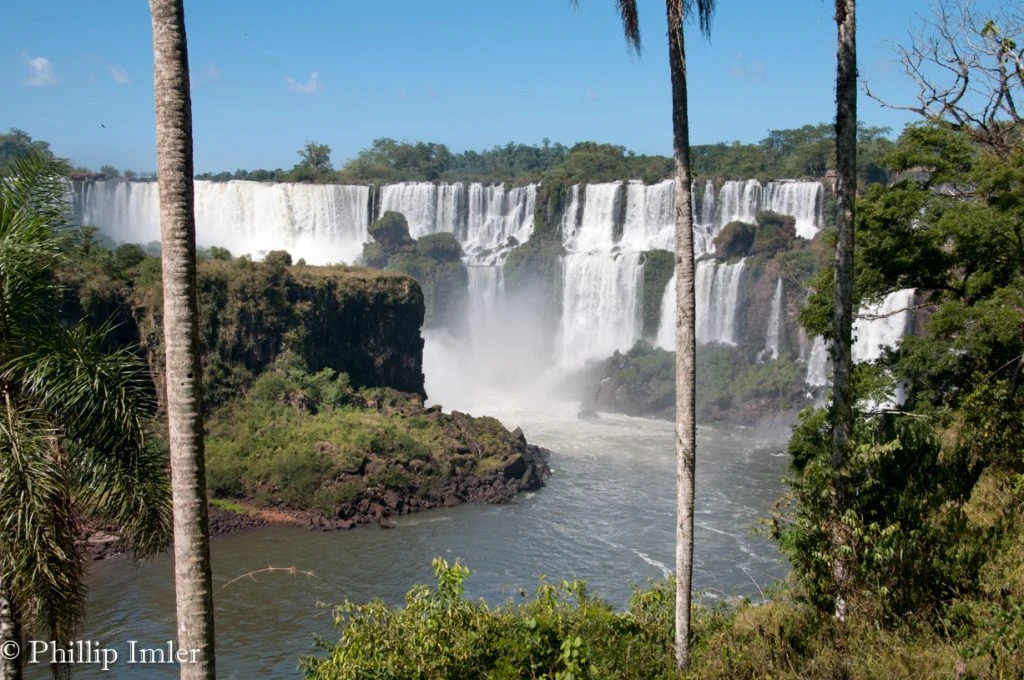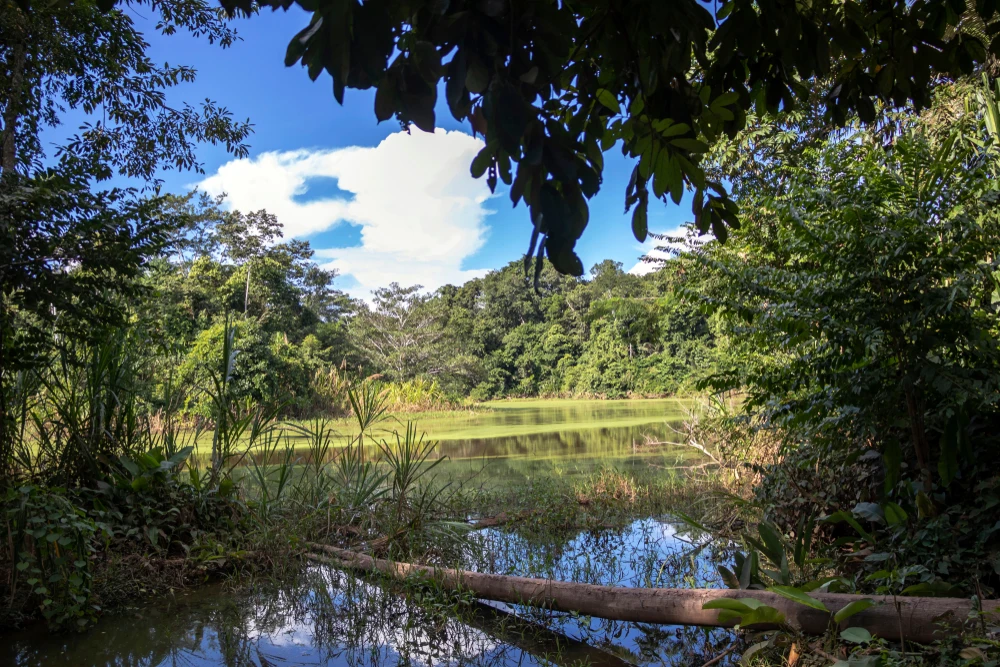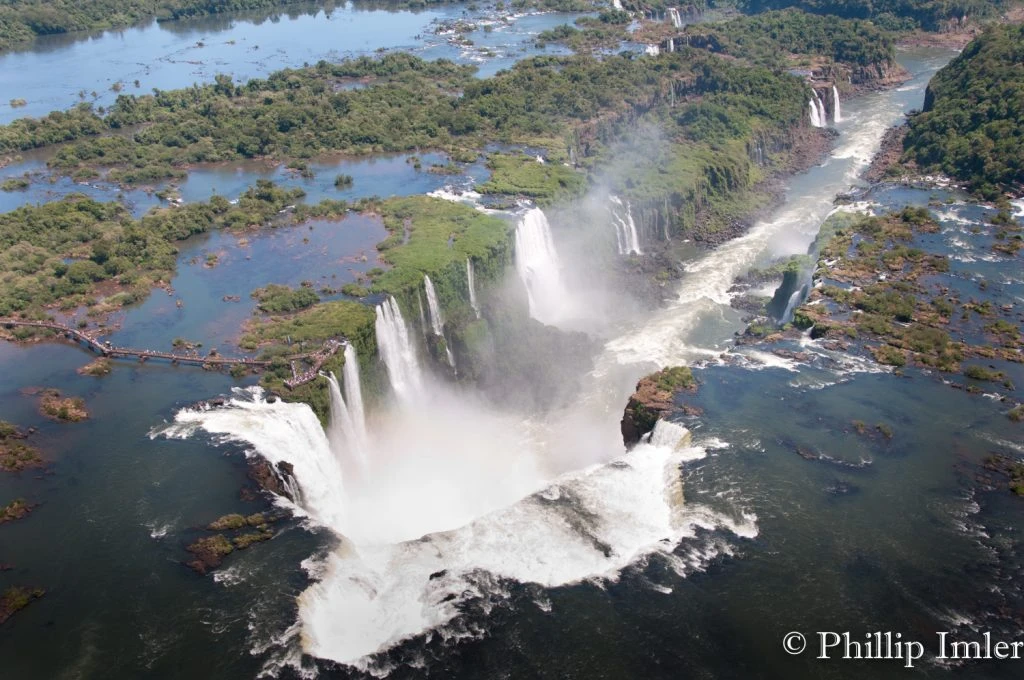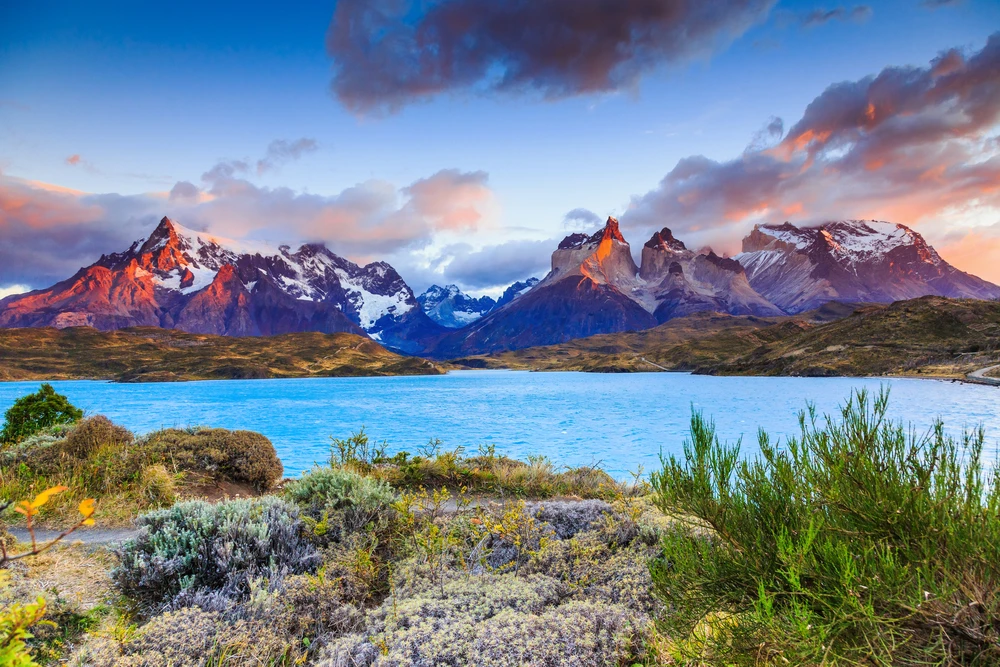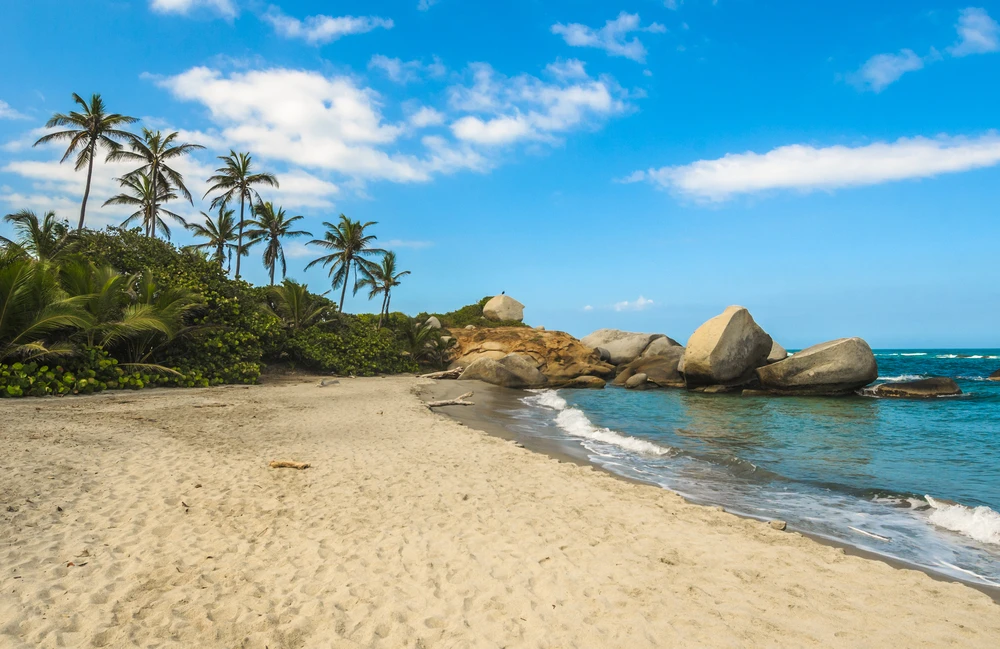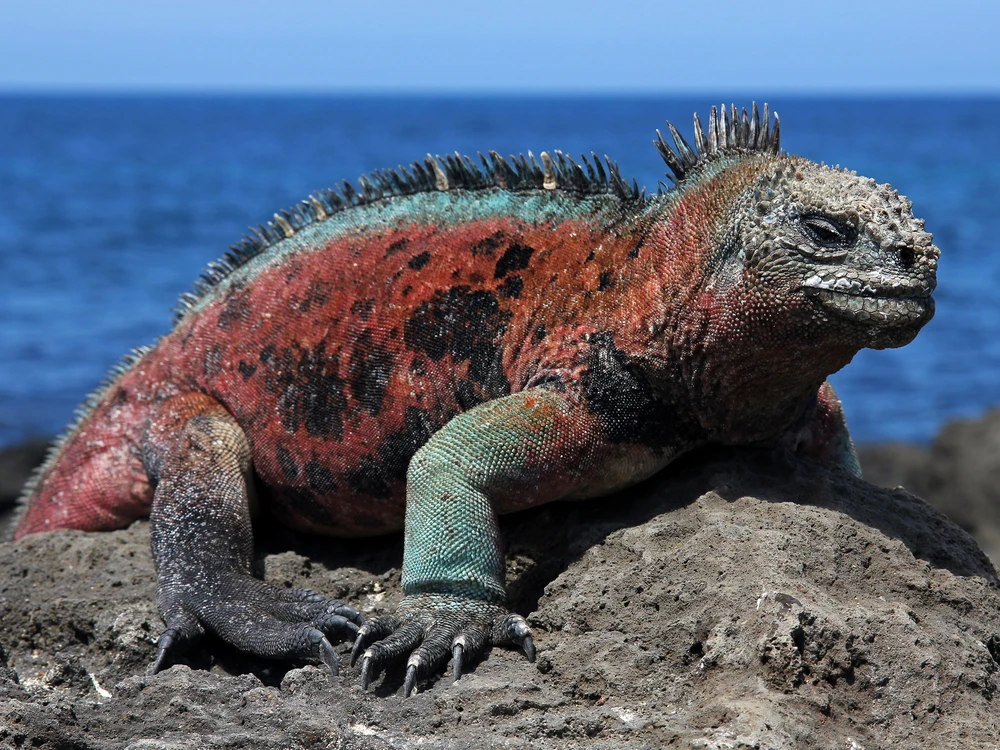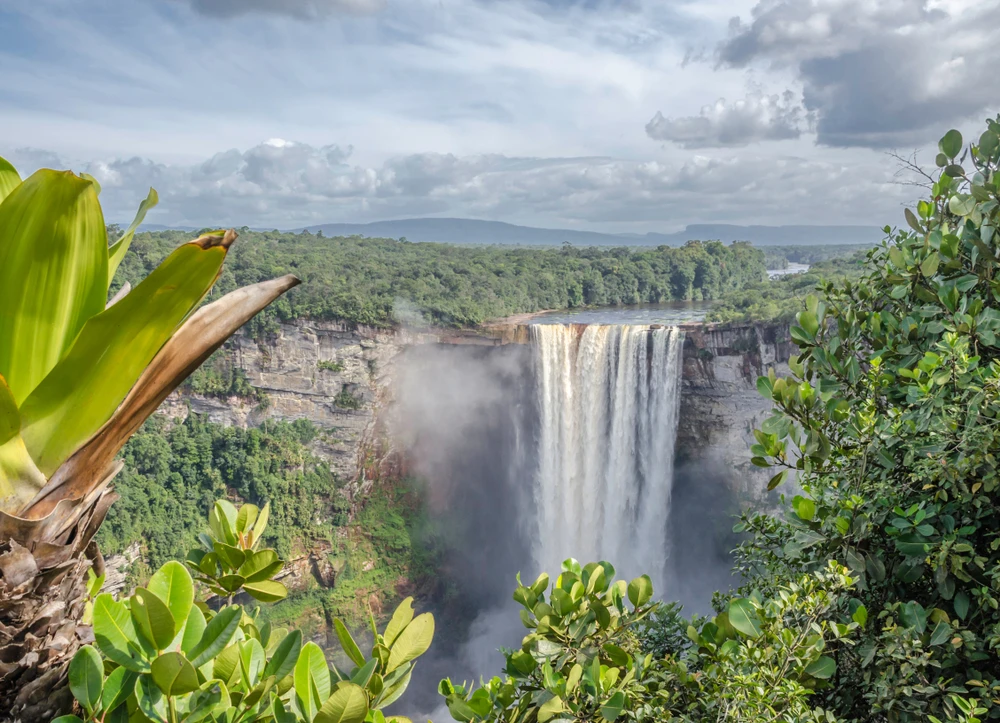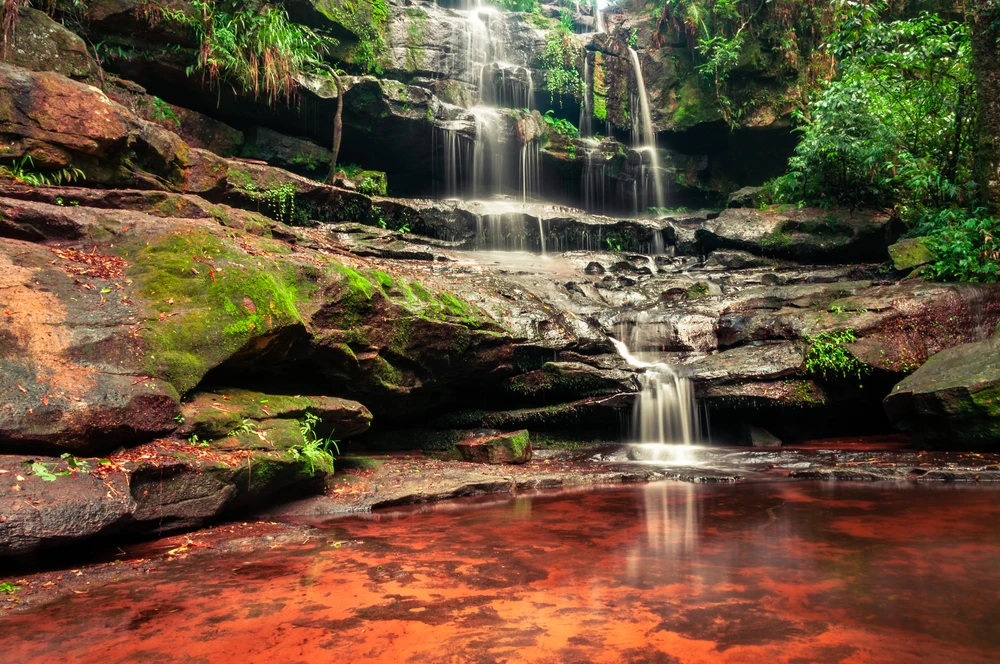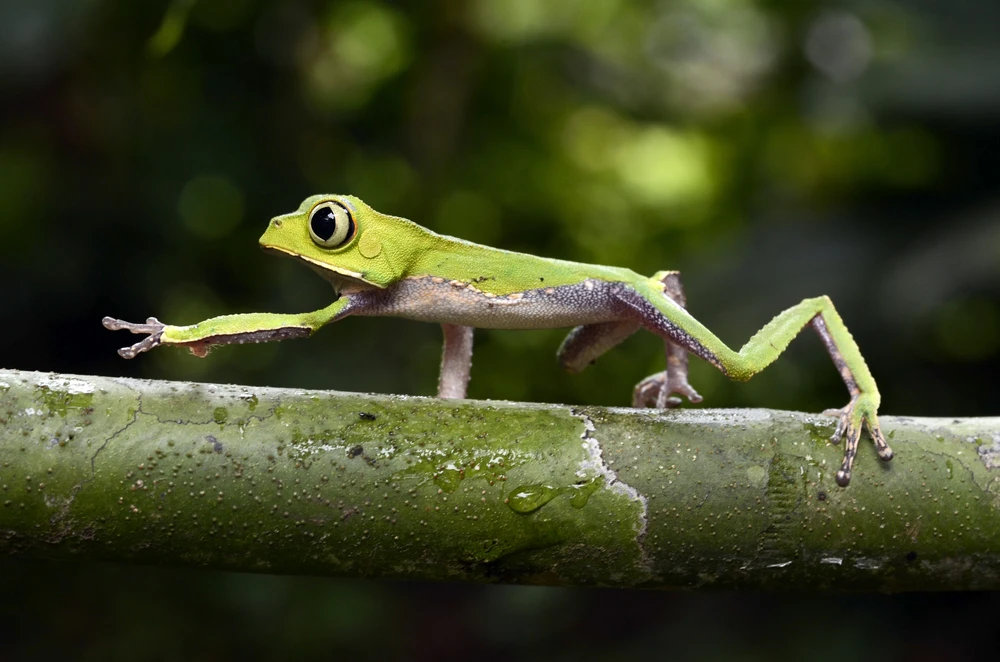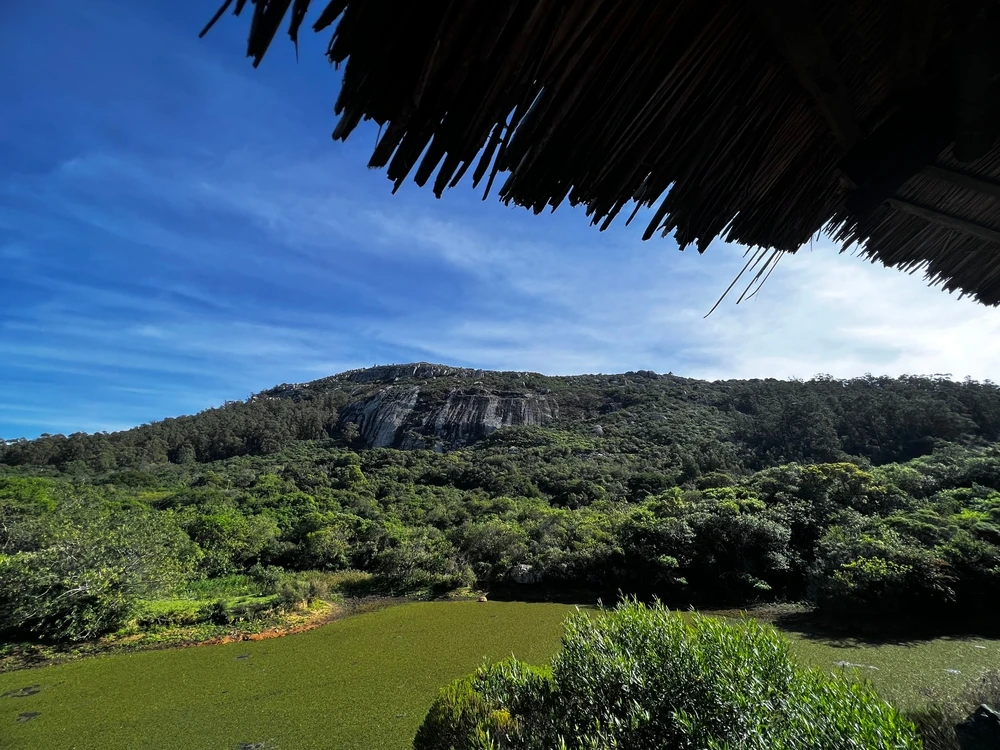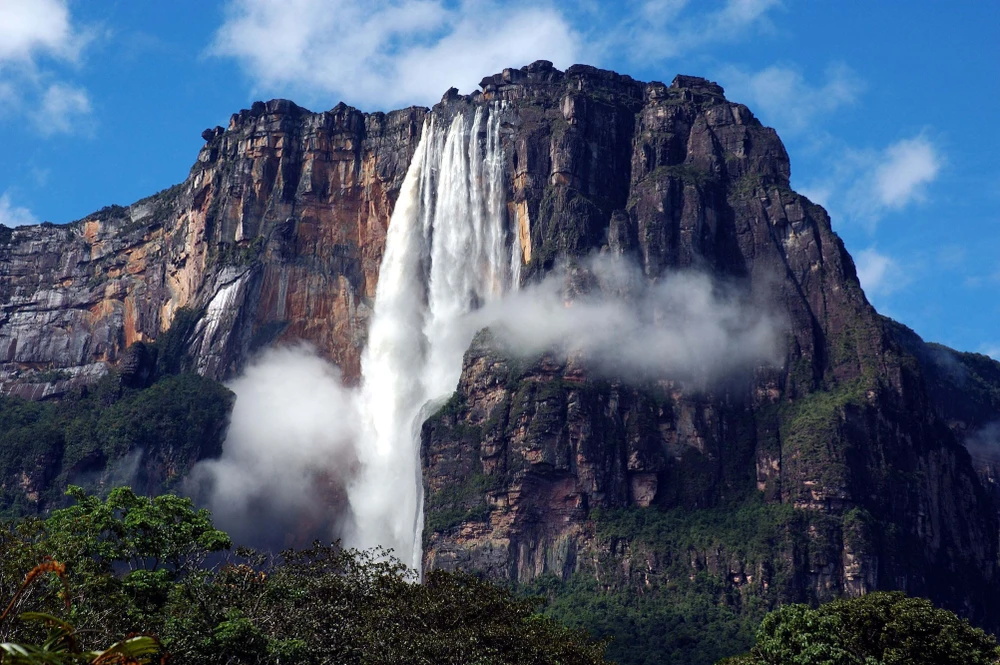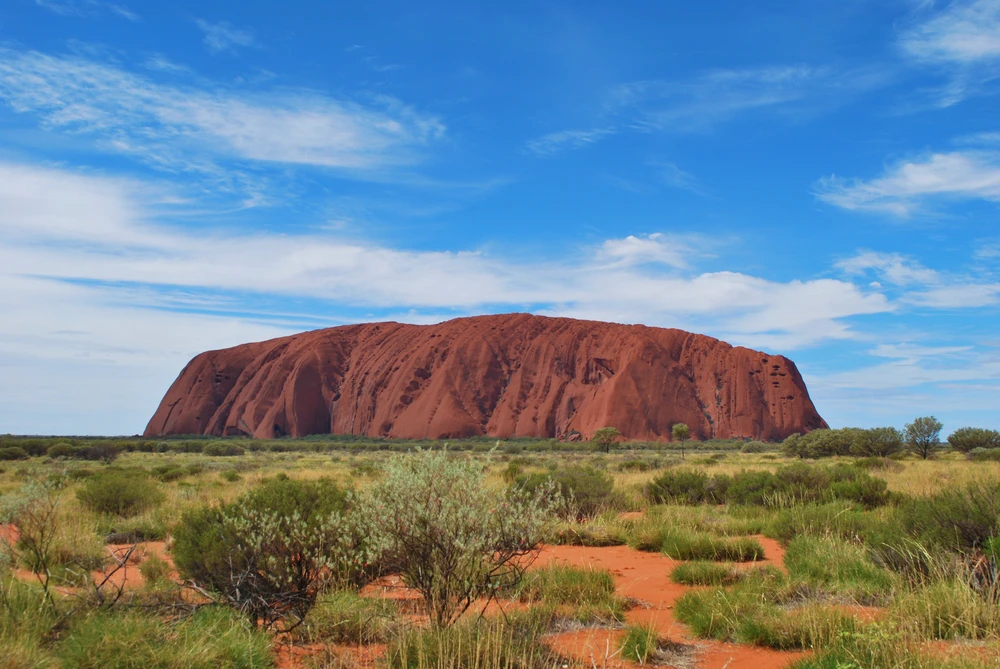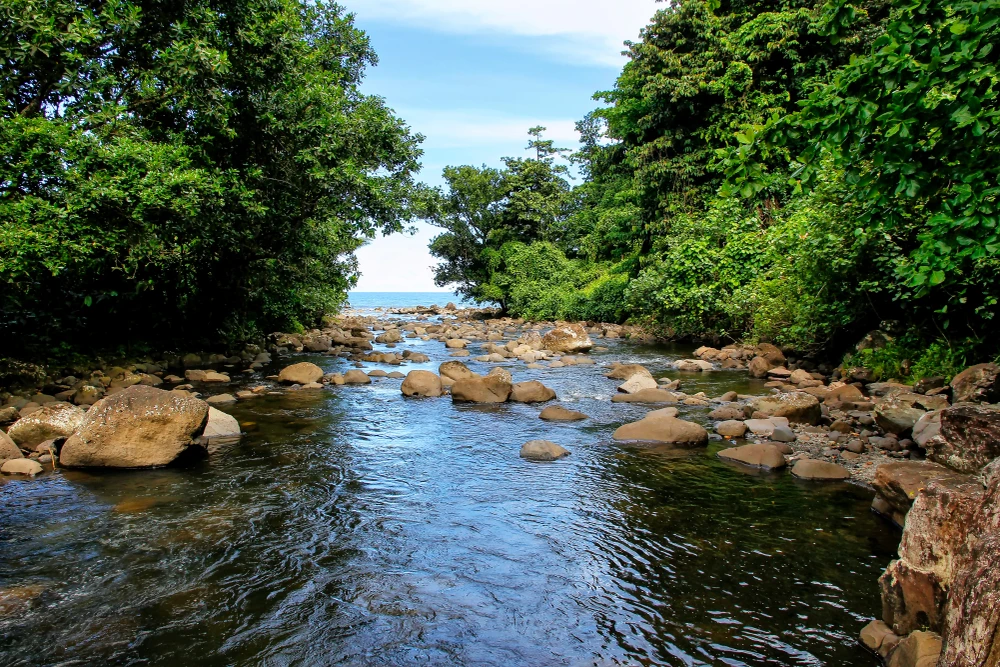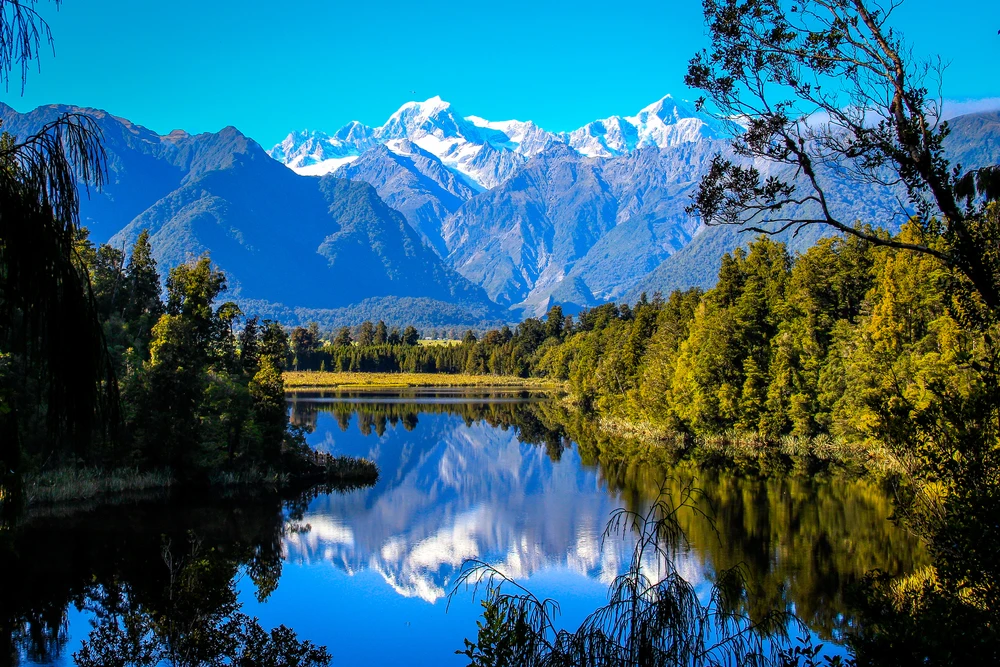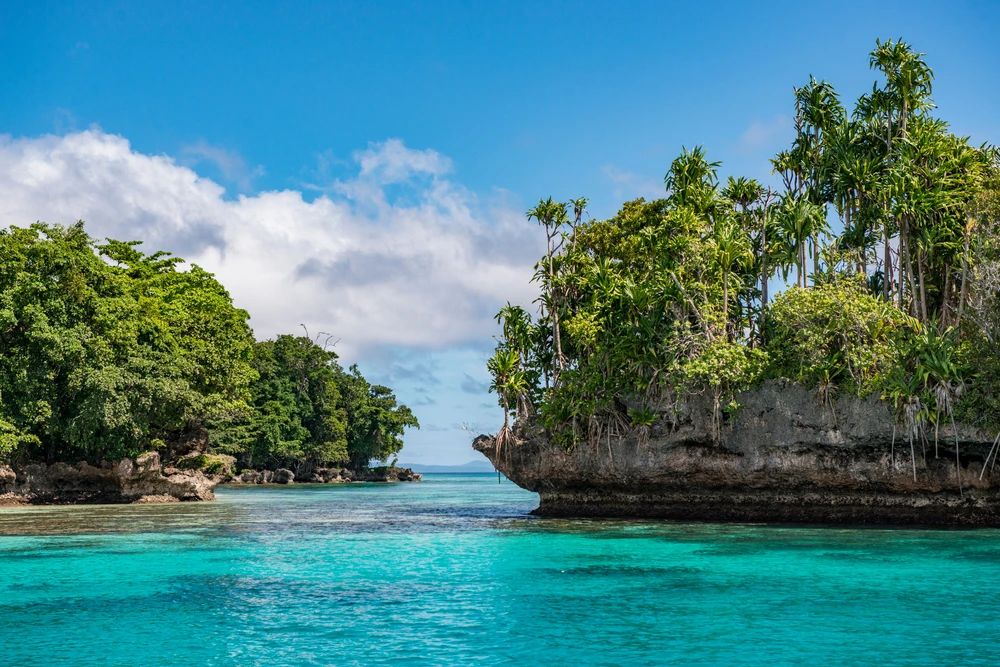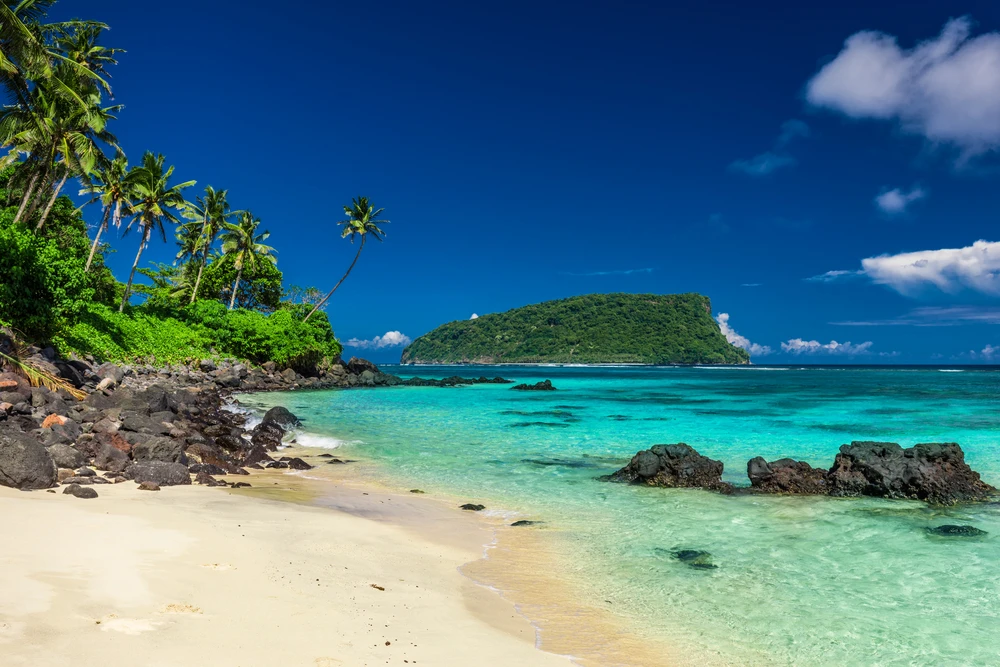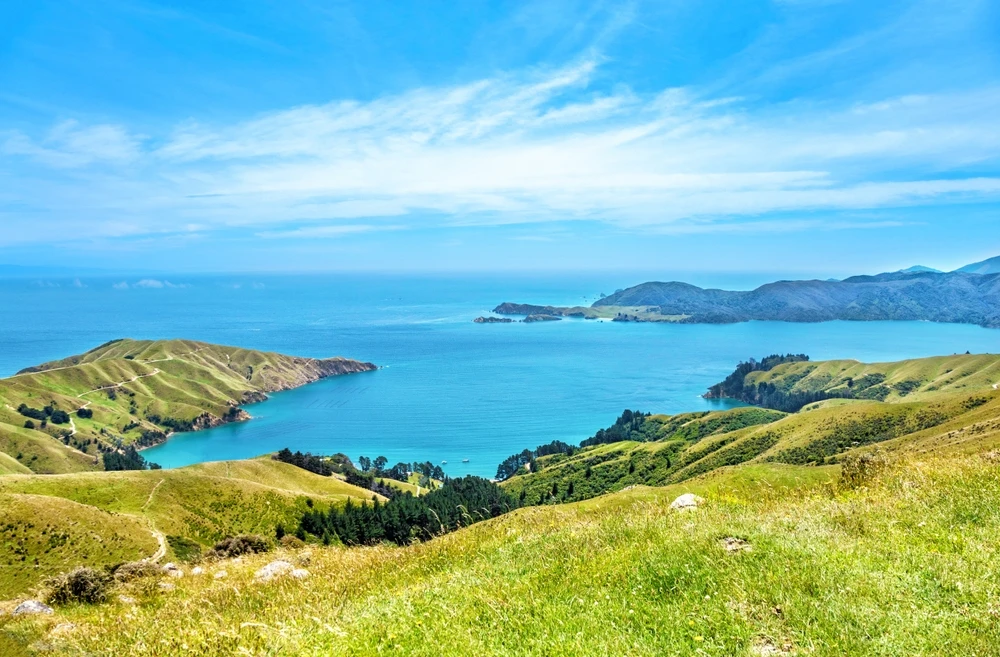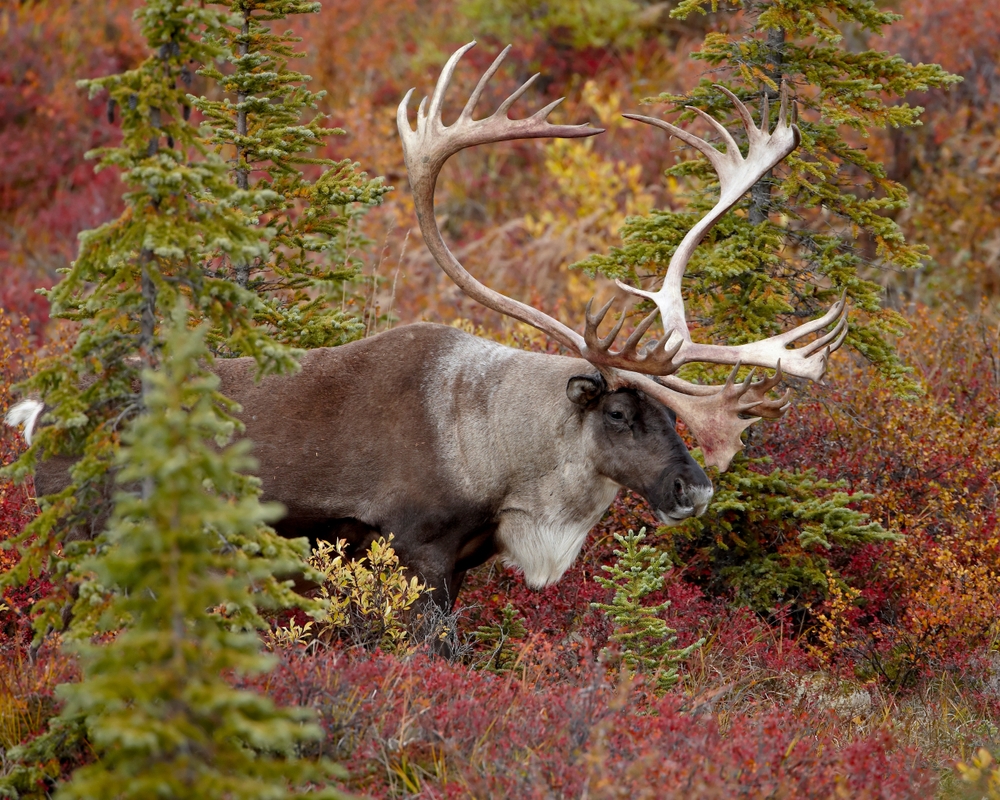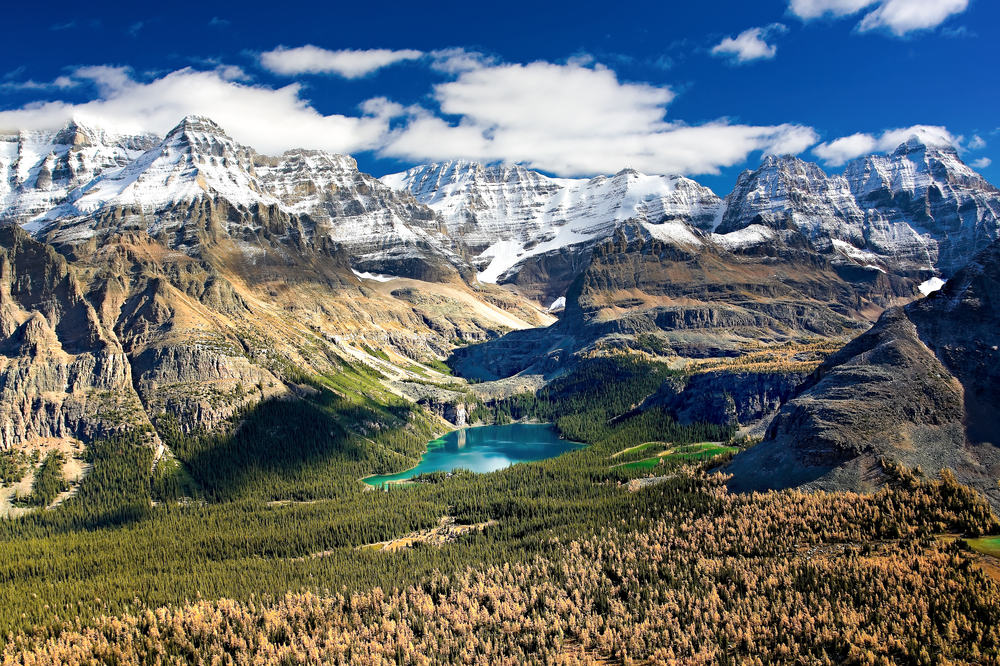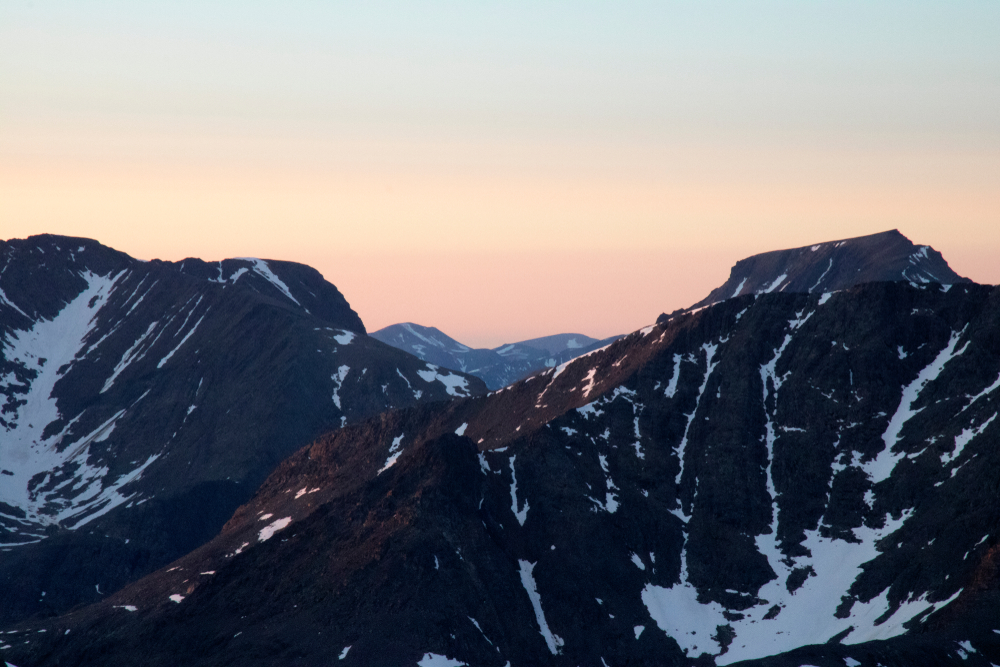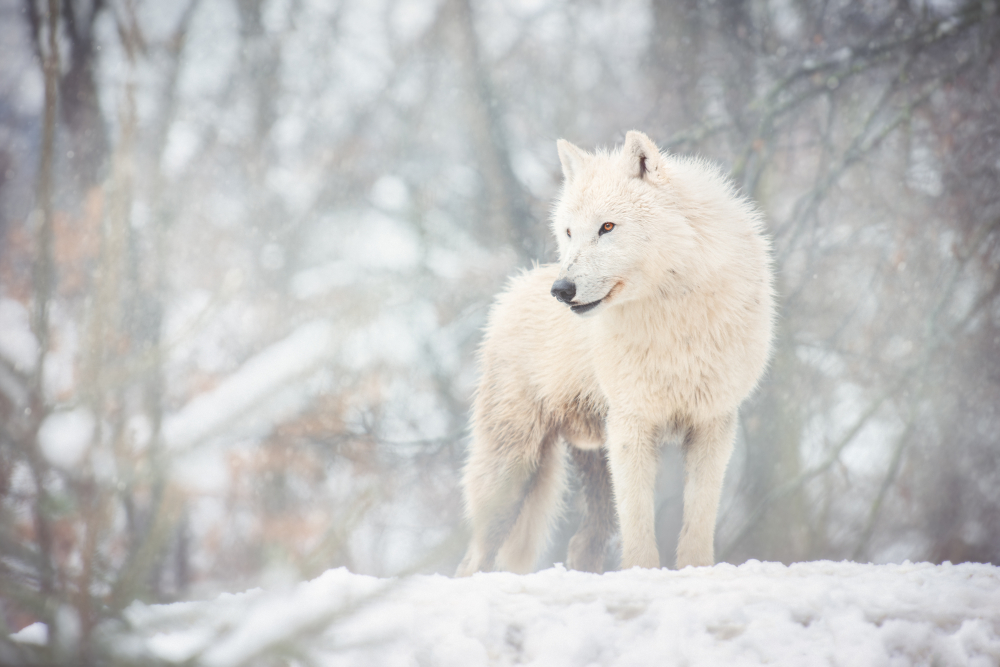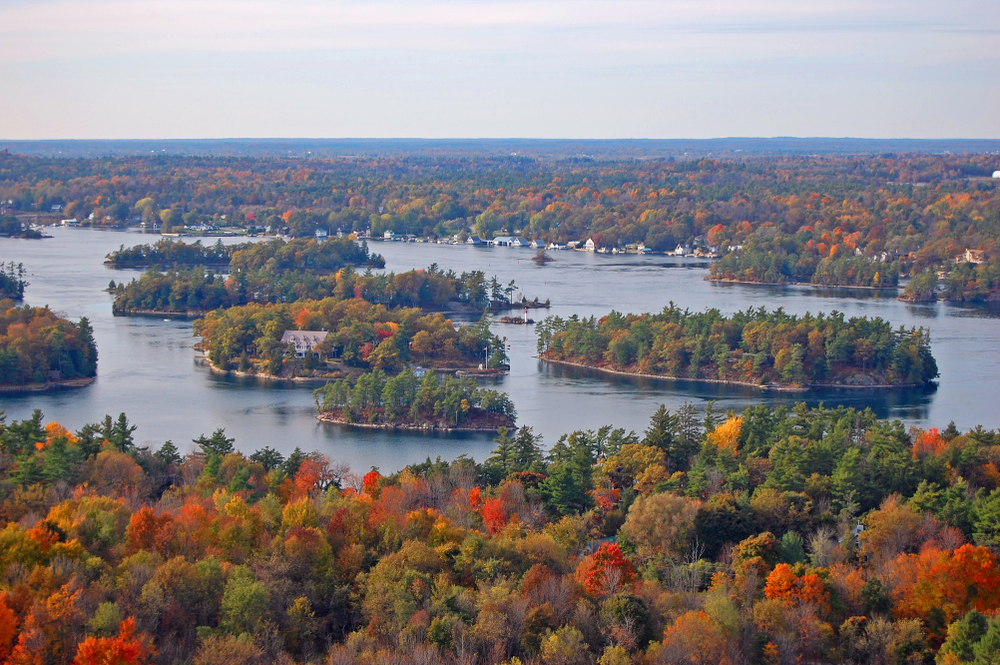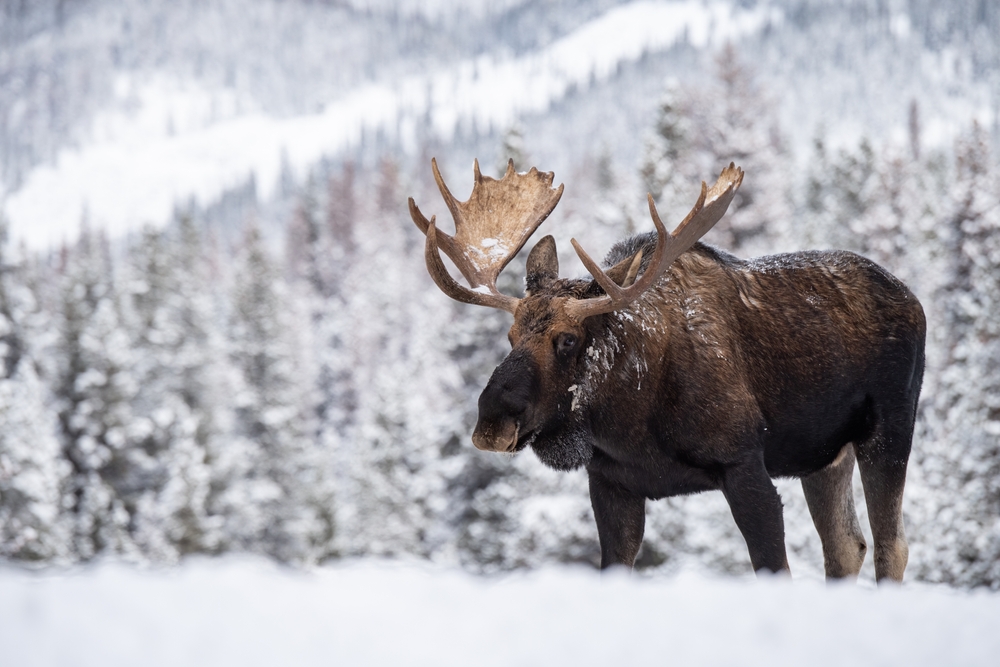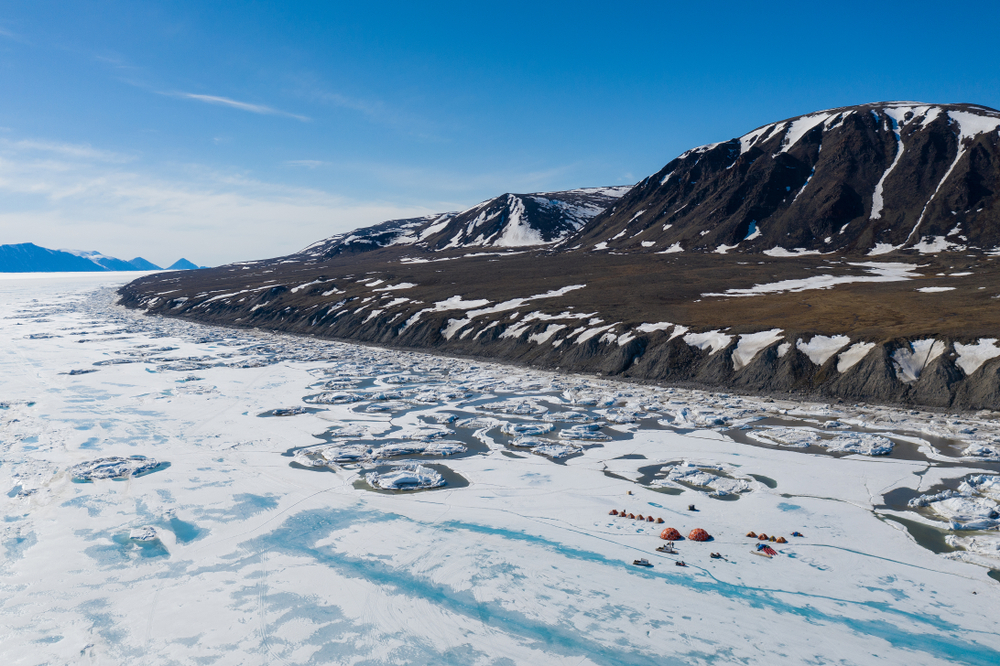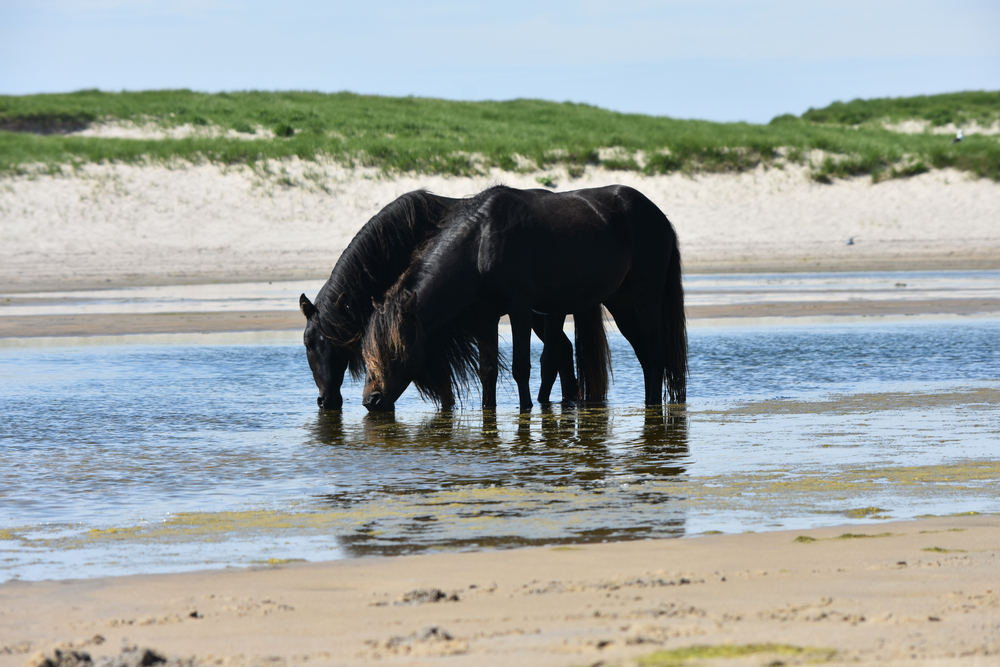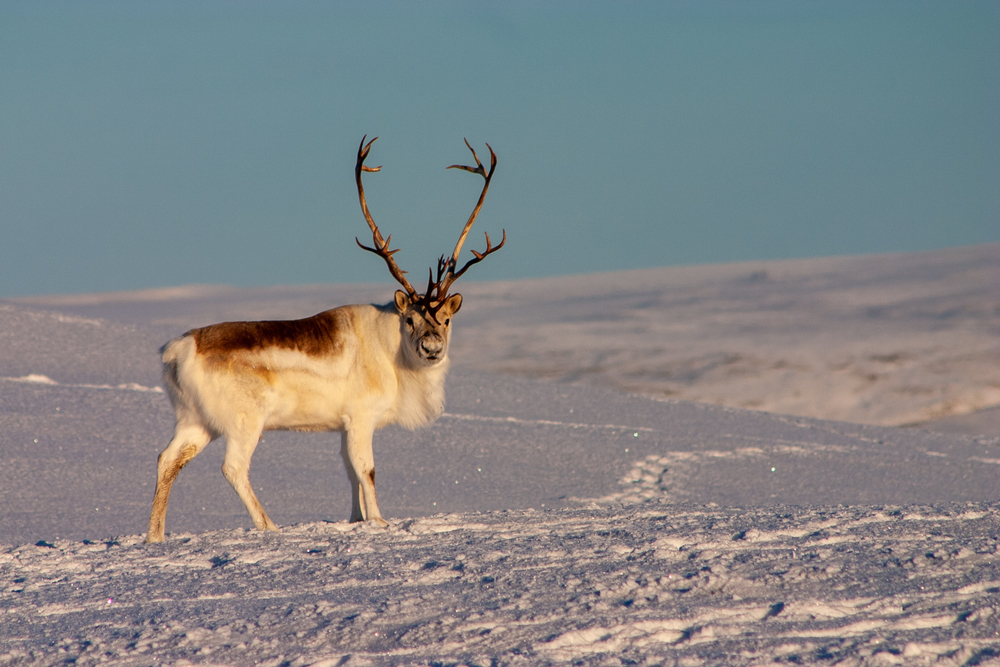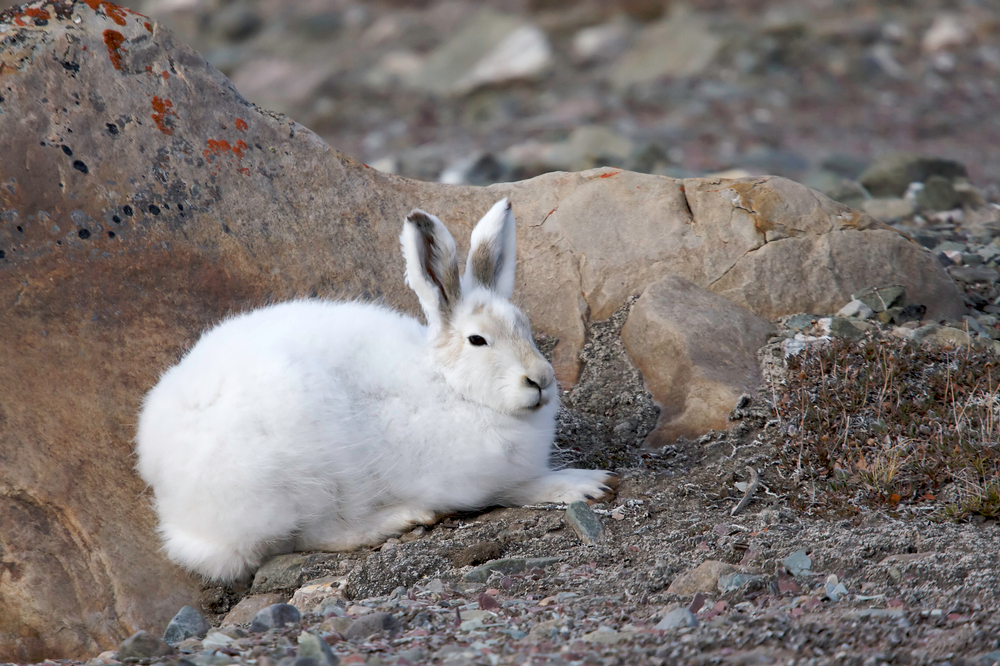Vuntut Overview
Vuntut National Park, located in the northern reaches of Canada’s Yukon Territory, is a vast and remote wilderness covering 1,756 square miles (4,345 square kilometers). Its name, derived from the Gwich’in language, means “among the lakes,” a fitting title given the park’s diverse water systems and wetlands.
Situated just south of the Arctic Circle and bordering Ivvavik National Park and the Arctic National Wildlife Refuge in Alaska, Vuntut is a pristine and protected landscape that offers a glimpse into a largely untouched northern wilderness. Due to its isolation, the park remains one of the least visited national parks in Canada, making it an unparalleled destination for those seeking solitude and an unspoiled natural environment.
The park’s terrain is shaped by rolling tundra, boreal forests, wetlands, and expansive river systems. It features the Old Crow Flats, a globally significant wetland complex that is home to thousands of lakes and ponds. These wetlands are crucial for migratory birds, providing an essential breeding ground and staging area.
The park is also intersected by the Old Crow River, which meanders through the region, offering breathtaking scenery and a critical water source for the region’s diverse wildlife. In the summer months, the tundra bursts into color with wildflowers, while in the colder seasons, the landscape is dominated by vast expanses of ice and snow, giving way to stunning aurora borealis displays in the night sky.
Vuntut National Park is home to an impressive variety of wildlife, particularly large mammals and migratory birds. One of its most notable inhabitants is the Porcupine caribou herd, which migrates through the park as part of one of the longest land migrations of any terrestrial mammal. Other key species include grizzly bears, wolves, moose, and wolverines, all of which rely on the park’s expansive wilderness for survival.
Bird enthusiasts can witness an extraordinary array of avian life, as the park’s wetlands provide habitat for species such as tundra swans, lesser scaup, northern pintails, and countless shorebirds. Raptors such as peregrine falcons and golden eagles are also frequently seen soaring above the tundra, searching for prey.
Among the park’s most distinctive features is its role in preserving Gwich’in cultural heritage. The Vuntut Gwitchin First Nation has lived in the region for thousands of years, and the park remains an essential part of their traditional lands.
Visitors can experience the deep cultural connections the Gwich’in people have with the land, including their history of subsistence hunting and fishing. The Old Crow Flats hold archeological evidence of human presence dating back over 10,000 years, making the park a place of both ecological and historical significance.
Access to Vuntut National Park is highly restricted, as there are no roads, trails, or developed facilities within its boundaries. Visitors must fly into Old Crow, the nearest community, and then arrange for guided excursions by canoe, raft, or hiking trips into the park.
These journeys allow for an immersive experience in the park’s rugged beauty, often including wildlife observation, photography, and cultural exploration guided by Gwich’in knowledge keepers. The remoteness of the park ensures that those who make the journey experience true wilderness, where the sounds of nature dominate and human presence is minimal.
Conservation efforts within Vuntut National Park focus on maintaining the delicate ecological balance of its wetlands and tundra ecosystems. Climate change poses a significant threat, as rising temperatures and permafrost thaw could alter the landscape and affect the migration patterns of key species like the Porcupine caribou.
However, through cooperative management with the Vuntut Gwitchin First Nation and Parks Canada, the park has seen successes in protecting wildlife habitats and preserving traditional Gwich’in knowledge and land use practices.
Continued efforts aim to balance conservation with responsible visitor engagement, ensuring that this unique northern wilderness remains a sanctuary for both nature and culture.
